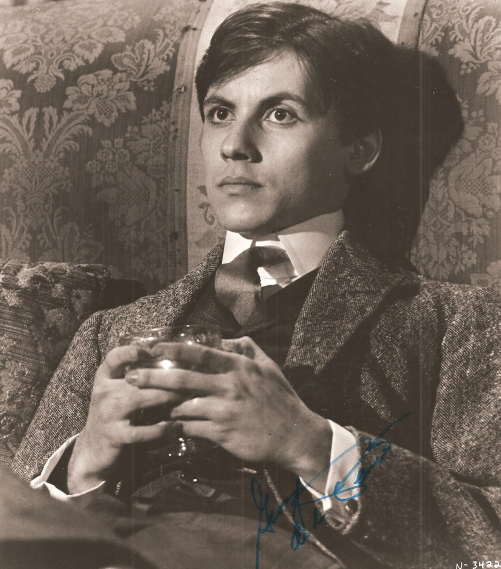
George de la Pena was born in 1955 and is an American ballet dancer and actor. He began acting when he was cast in the title role in 1980 in “Nijinsky”. His other films include “Personal Best” and “The Flamingo Kid”.

Hollywood Actors

George de la Pena was born in 1955 and is an American ballet dancer and actor. He began acting when he was cast in the title role in 1980 in “Nijinsky”. His other films include “Personal Best” and “The Flamingo Kid”.
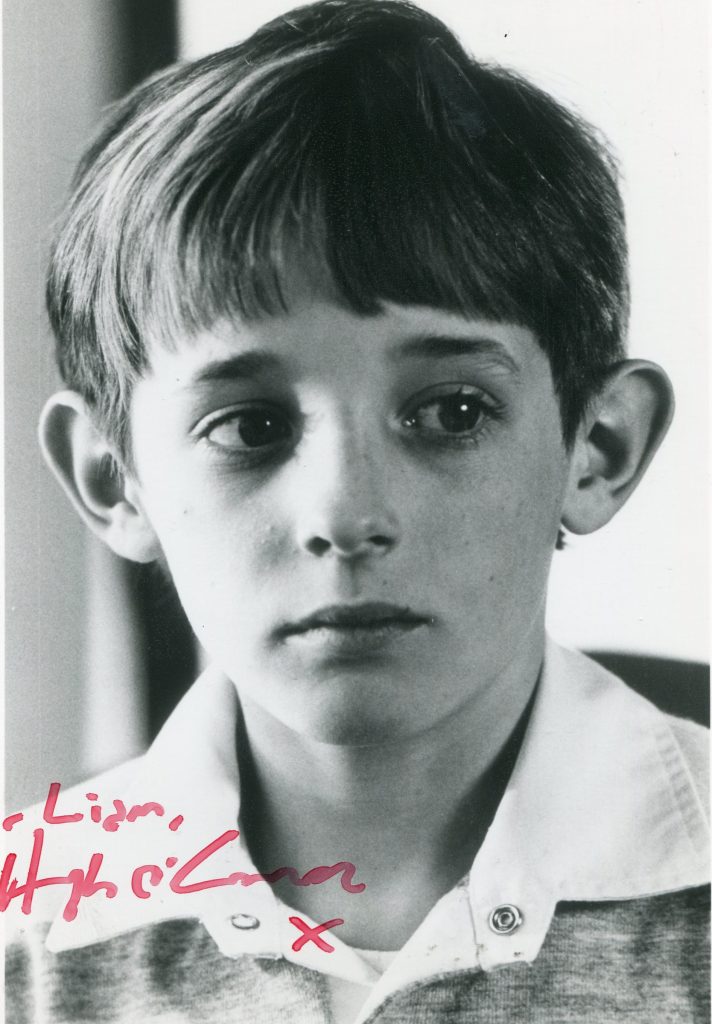
Hugh O’Connor was born in 1962 in Rome. He was the adopted son of actor Carroll O’Connor. He acted with his father in the television series “In the Heat of the Night”. He also acted in the film “Brass”. He died in Los Angeles in 1995.

JoBeth Williams was born in 1948 in Houston, Texas. She had a supporting part in “Kramer versus Kramer” with Dustin Hoffman and Meryl Streep in 1979. Other films included “Stir Crazy”, “Poltergeist”, “The Big Chill”, and “Desert Bloom”. She is currently President of the Screen Actors Guild.
Gary Brumburgh’s entry:
The product of a musical family, Houston-born Jobeth Williams was the daughter of an opera-singing father who encouraged her early interest in theater during high school. She made her professional debut at age 18 in a Houston-based musical production, then studied at Brown University in Providence, Rhode Island, with the intentions of becoming a child psychologist. The acting bug hit her again, however, and she decided to pursue theater after receiving her B.A. in English in 1970. Working intensely to lose her Texas twang, her early training came as a member of the Trinity Repertory Company, where she stayed for two-and-a-half years.
In New York the lovely Jobeth became a daytime regular in the mid-1970s on bothSomerset (1970) and in a vixenish role on Guiding Light (1952) before making a brief but memorable impact in a highly popular film at the end of the decade. In the Dustin Hoffman starring film Kramer vs. Kramer (1979), Jobeth plays Hoffman’s gorgeous sleepover who gets caught stark naked by his young, precocious son (Justin Henry) the following morning. She also impressed on the stage with major roles in “Moonchildren” and “A Coupla White Chicks Sitting Around Talking.”
Her star maker would could in the form of the strong-willed mother of three who fights to save her brood from home-invading demons in Steven Spielberg‘s humongous critical and box-office hit Poltergeist (1982), which also made a major star out of movie husbandCraig T. Nelson. Officially in the big leagues now, she joined the star ensemble cast ofThe Big Chill (1983), and appeared opposite Nick Nolte in Teachers (1984). Disappointing outcomes in the lackluster sequel Poltergeist II: The Other Side (1986) and the intriguing but overlooked American Dreamer (1984) prodded her to search for more challenging work on TV.
It is the small screen, in fact, that has particularly shown off the range of Jobeth’s talent over the years, particularly in domestic drama. Cast in some of the finest TV-movies served up, Jobeth won deserved Emmy nominations for her real-life mother of an ill-fated missing child in Adam (1983) and real-life surrogate mother in Baby M (1988). Other monumental mini-movie efforts include her nurse in the apocalyptic drama The Day After(1983); her magnetic performance opposite Terry Kinney as an adulterous worshiper and minister who carry out plans to kill their respective spouses in the gripping suspense show Murder Ordained (1987); alcoholic James Woods‘ long-suffering wife in My Name Is Bill W. (1989); a social worker trying to reach a deaf girl in Breaking Through (1996); and the overbearing mother whose son turns to drugs in Trapped in a Purple Haze (2000). She continues to balance both film and TV projects into the millennium.
Behind the scenes she was nominated for an Academy Award for her directorial debut of Showtime’s On Hope (1994)and continues to seek out other directing projects. It doesn’t hurt being married to a director for encouragement. She and John Pasquin, who directed her in the film Jungle 2 Jungle (1997) and on the short-lived TV series Payne (1999), have two children. More recent film roles include playing Drew Barrymore‘s mom in Fever Pitch (2005).
– IMDb Mini Biography By: Gary Brumburgh / gr-home@pacbell.net

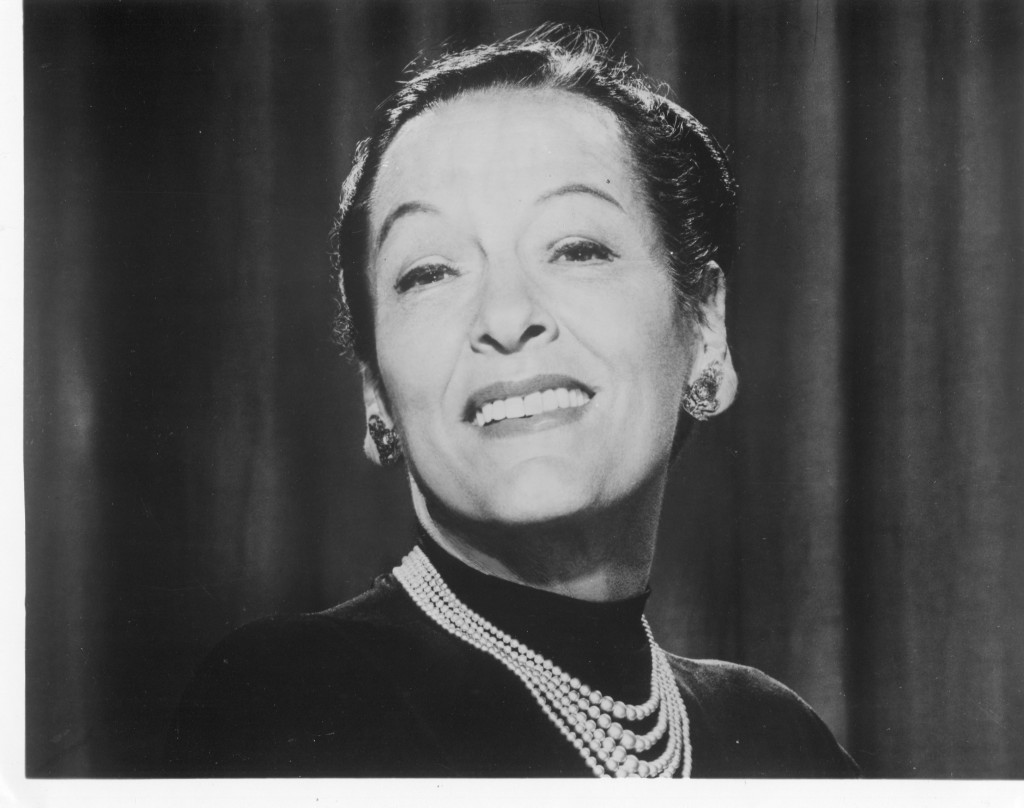
Gale Sondergaard was born in 1899 in Minnesota to parents of Dutch origin. She won an Oscar for her first appearance on film in “Anthony Adverse” in 1936 and had a very successful movie career until the early 50’s when it was stalled by the Hous of Un-American Activities Committee. In the 40’s she made such classic movies as “The Life of Emile Zola”, “The Letter” and “Anna and the King of Siam”. In the 50’s she returned to New York and the stage only returning to films in 1969 in “Slaves”. She was acting up to shortly before her death in 1985.
IMDB entry:
Sly, manipulative, dangerously cunning and sinister were the key words that best described the roles that Gale Sondergaard played in motion pictures, making her one of the most talented character actresses ever seen on the screen. She was educated at the University of Minnesota and later married director Herbert J. Biberman. Her husband went to find work in Hollywood and she reluctantly followed him there. Although she had extensive experience in stage work, she had no intention of becoming an actress in film. Her mind was changed after she was discovered by director Mervyn LeRoy, who offered her a key role in his film Anthony Adverse (1936); she accepted the part and was awarded the very first Academy Award as Best Supporting Actress. LeRoy originally cast her as the Wicked Witch in The Wizard of Oz (1939), but she felt she was not right for that role. Instead, she co-starred opposite Paul Muni in The Life of Emile Zola (1937), a film that won Best Picture in 1937. Sondergaard’s most-remembered role was that of the sinister and cunning wife of a husband murdered by Bette Davis‘ character in The Letter(1940). Sondergaard continued her career rise in films such as Juarez (1939), The Mark of Zorro (1940), The Black Cat (1941), and Anna and the King of Siam (1946). Unfortunately, she was blacklisted when she refused to testify during the McCarthy-inspired “Red Scare” hysteria in the 1950s. She eventually returned to films in the 1960s and made her final appearance in the 1983 film Echoes (1982). Gale Sondergaard passed away of an undisclosed illness at the Motion Picture and Television Hospital in Woodland Hills, California, at the age of 86.
– IMDb Mini Biography By: Blythe379@cs.com
The above IMDB entry can also be accessed online here.
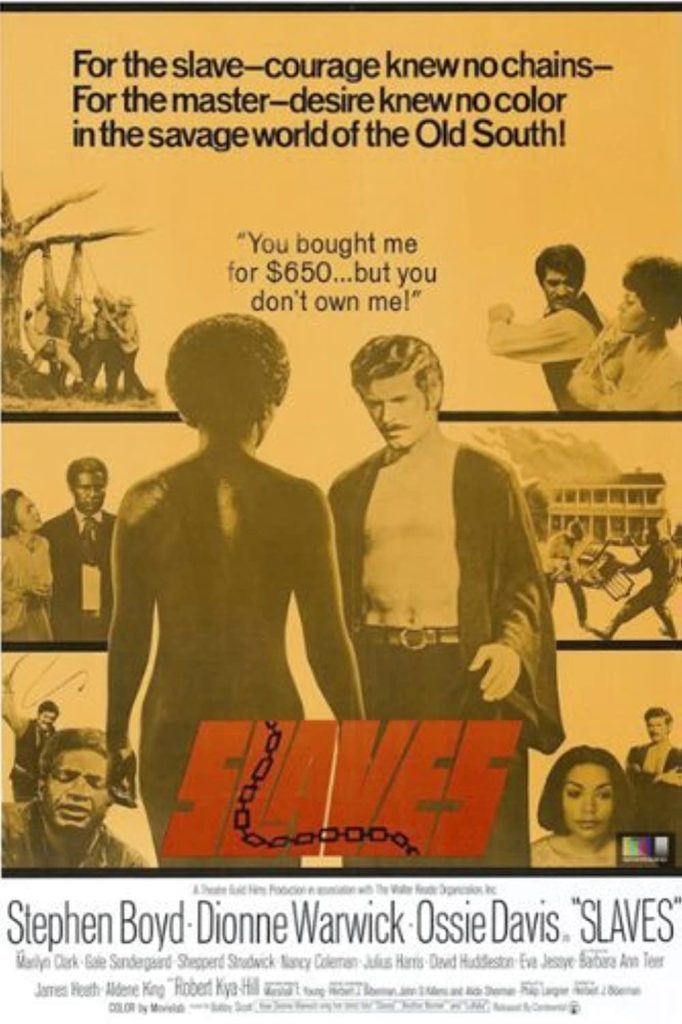
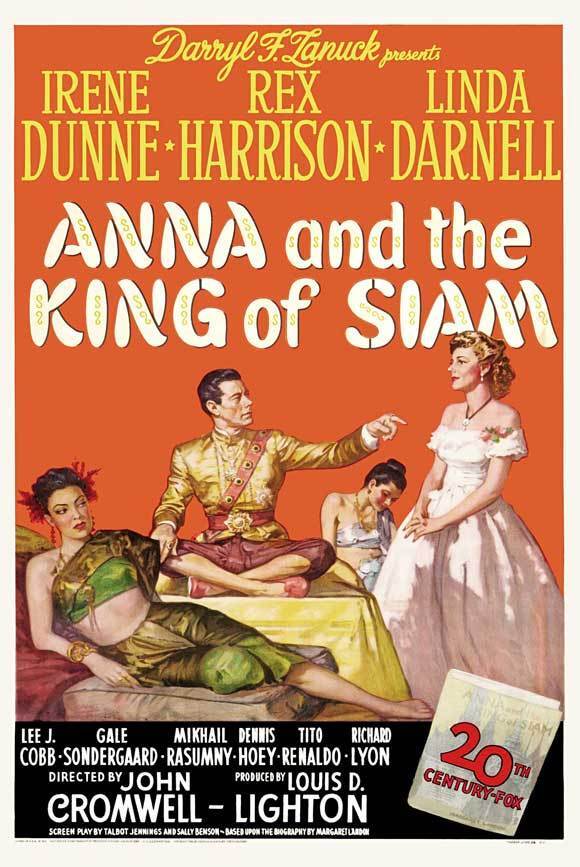
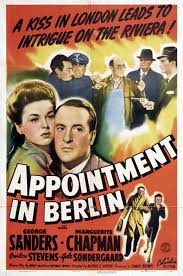
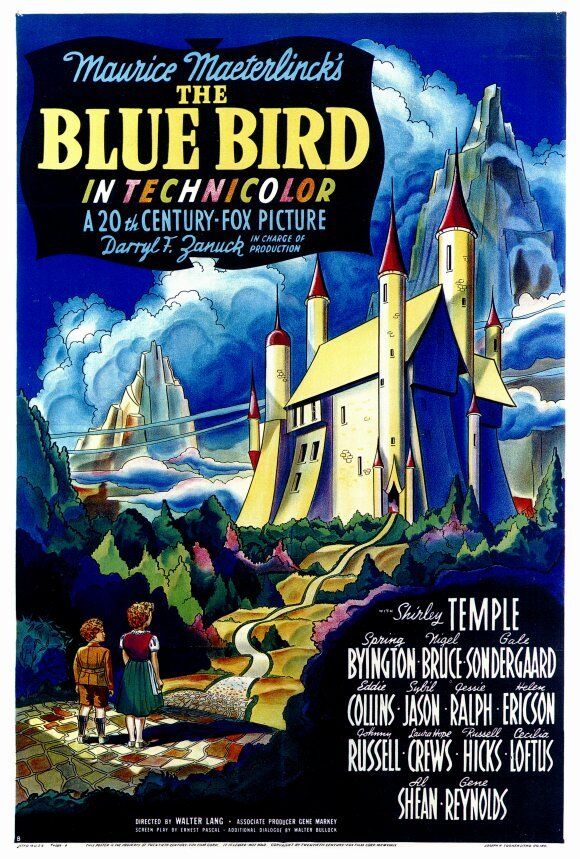
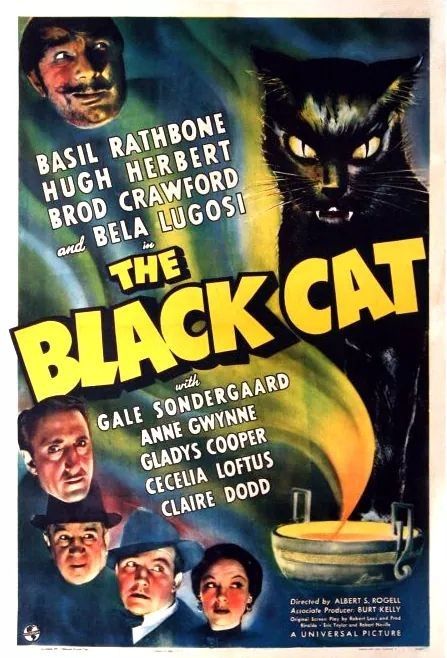
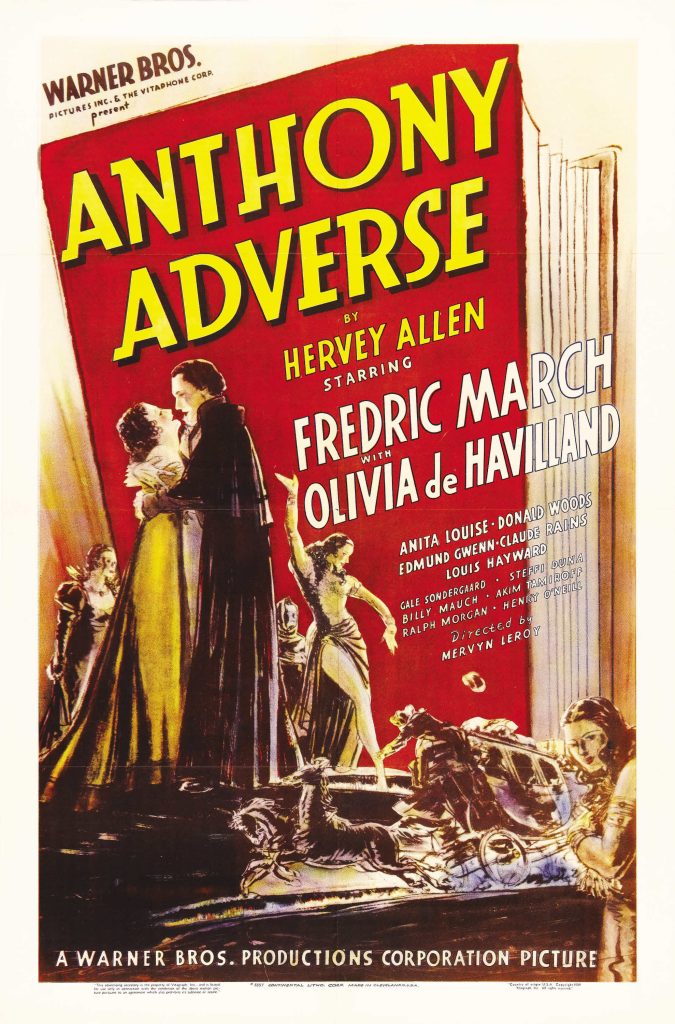
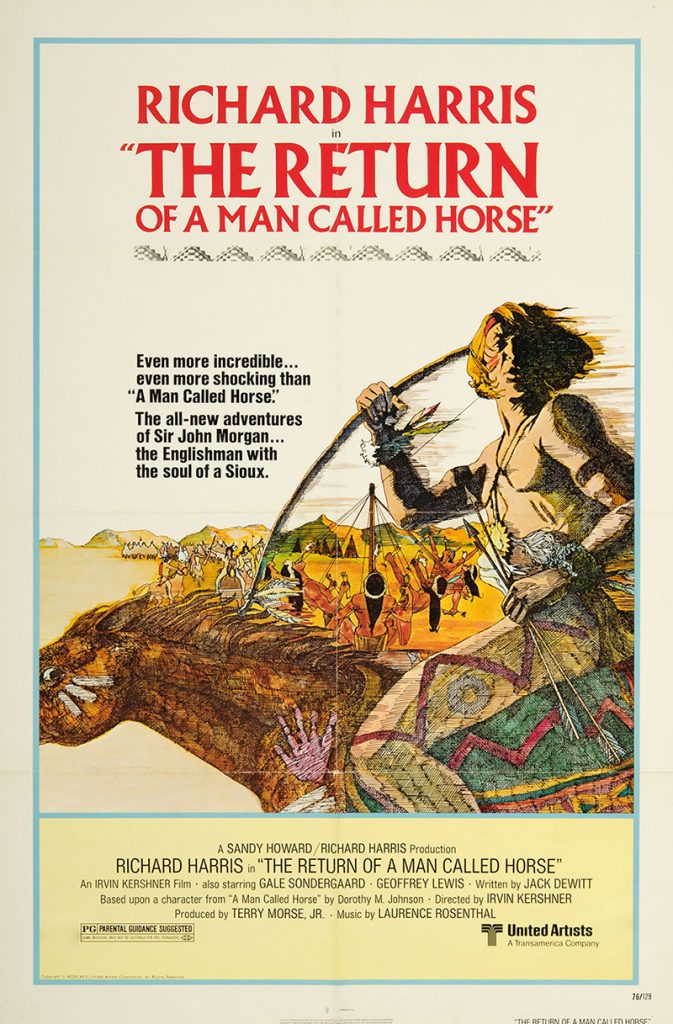
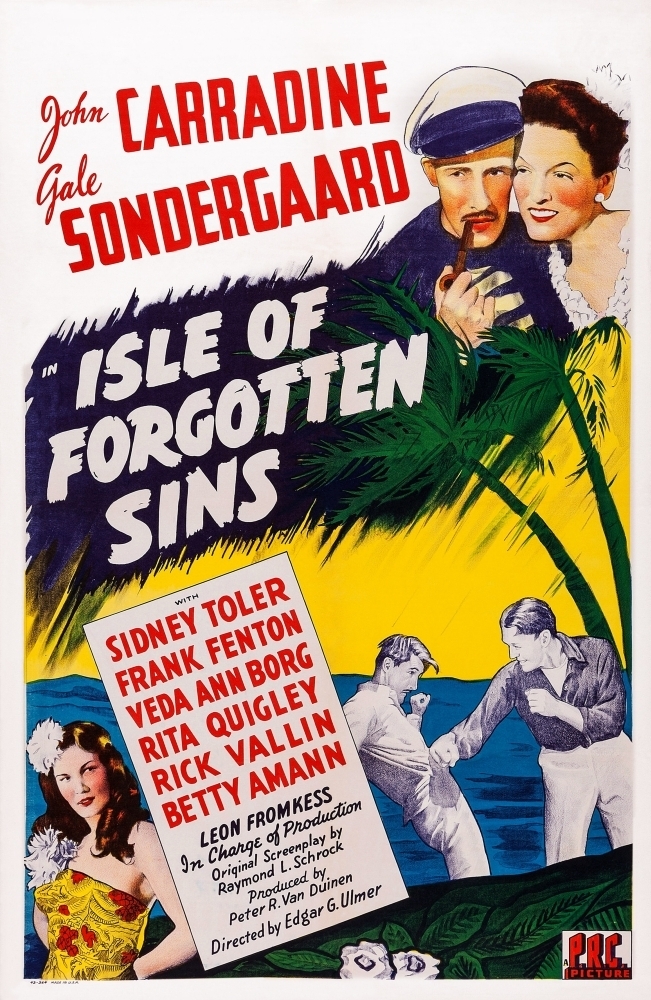
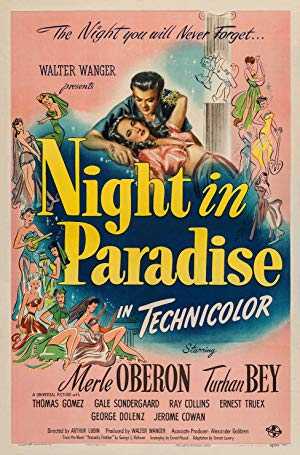
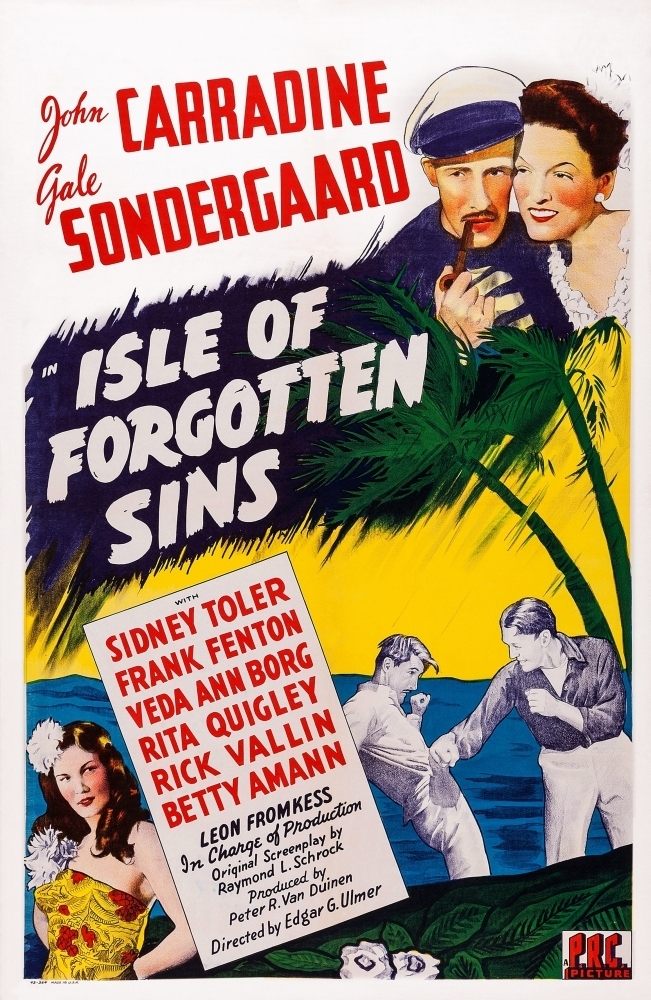
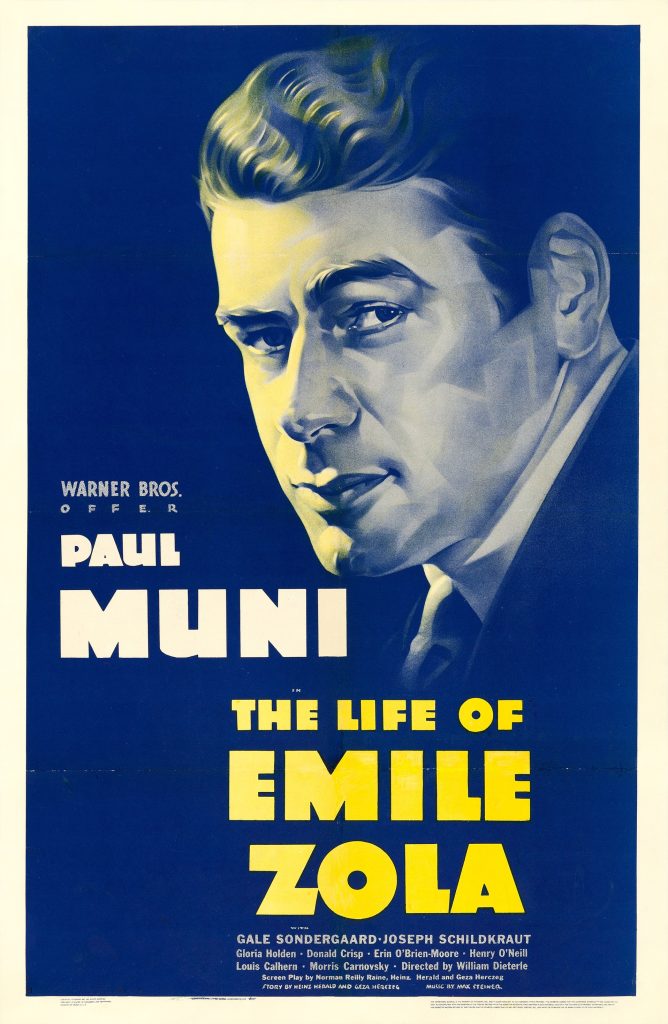
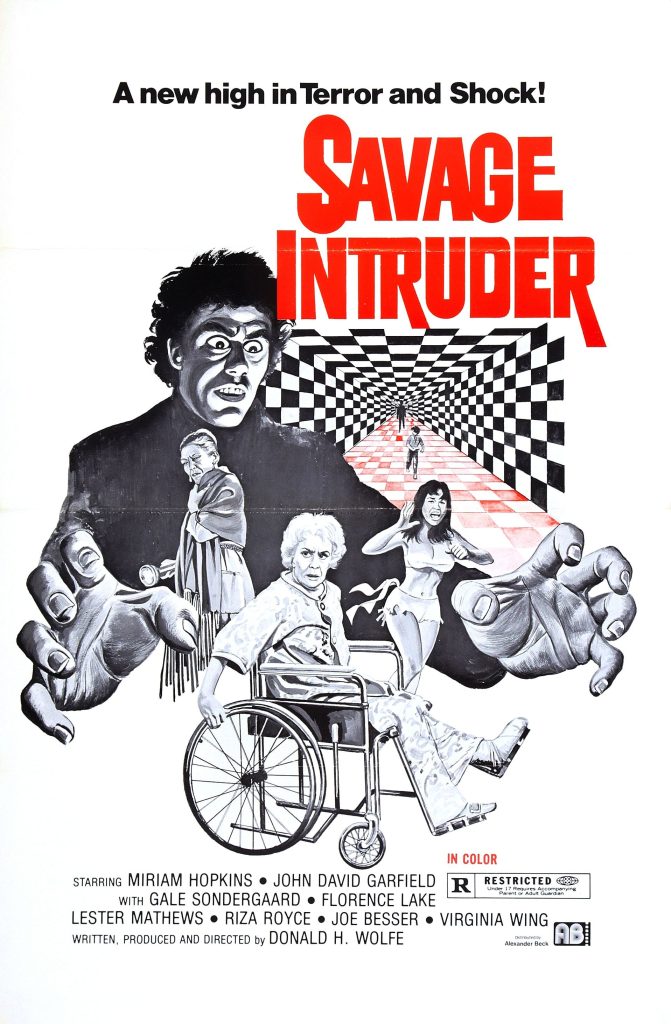
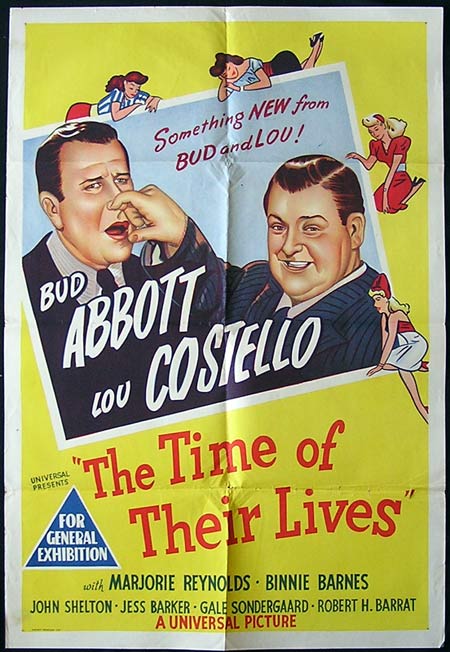
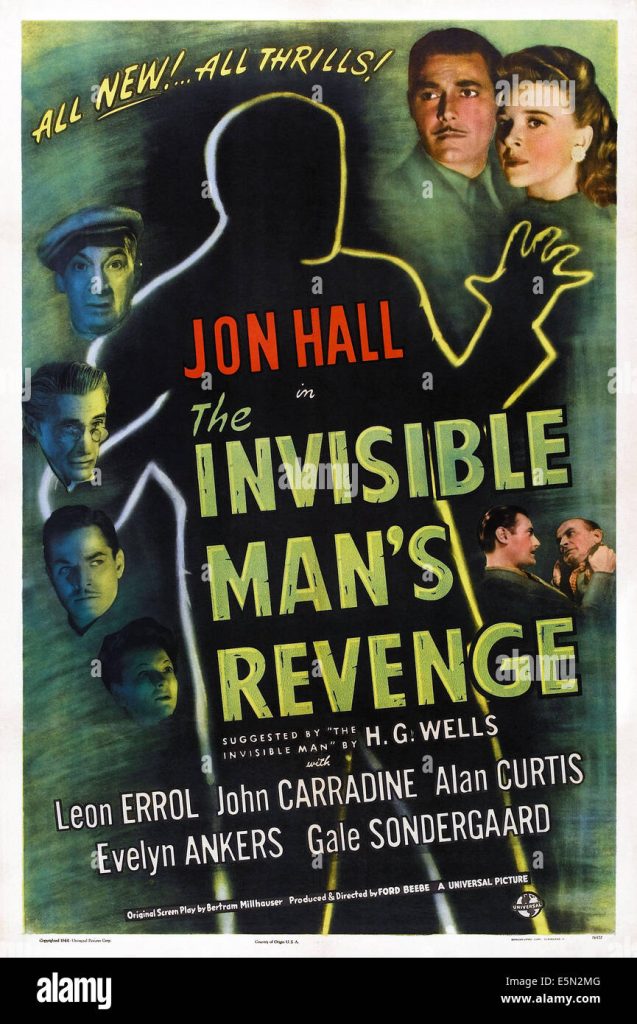
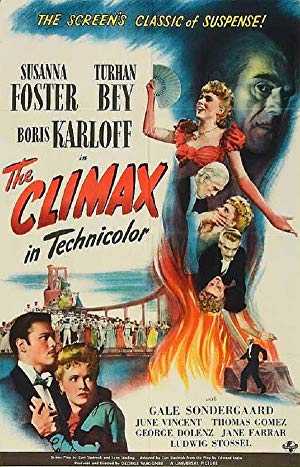
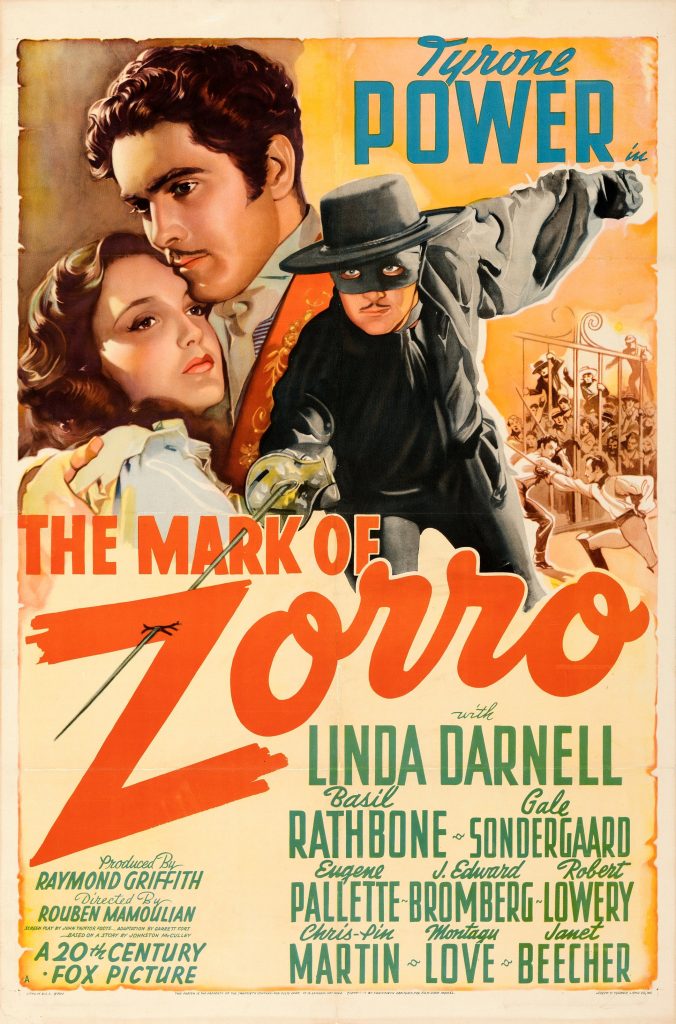
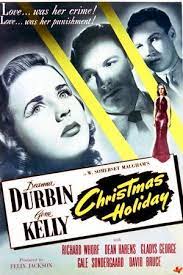
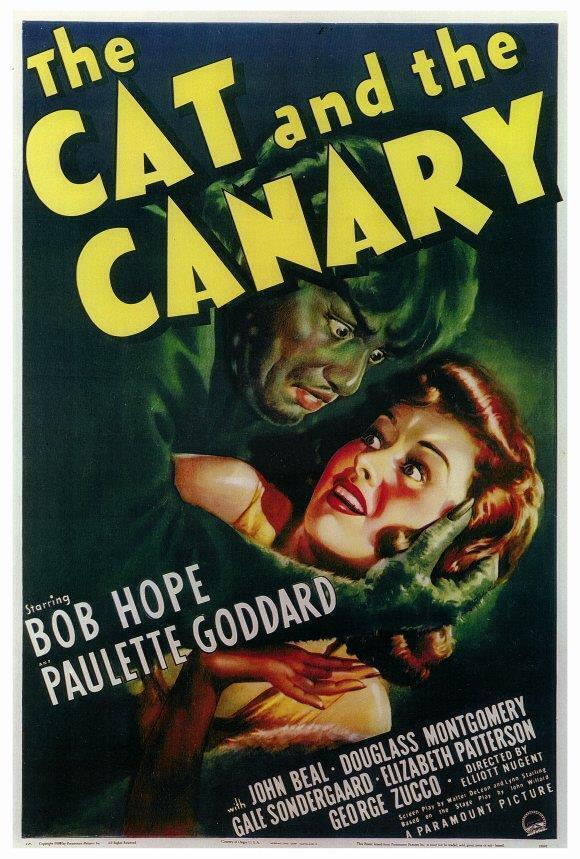
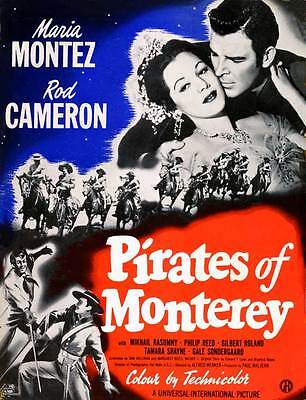
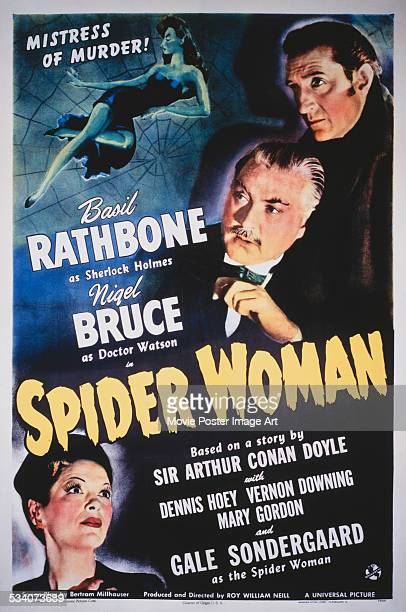
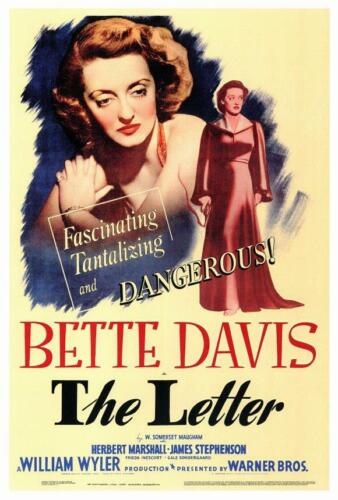
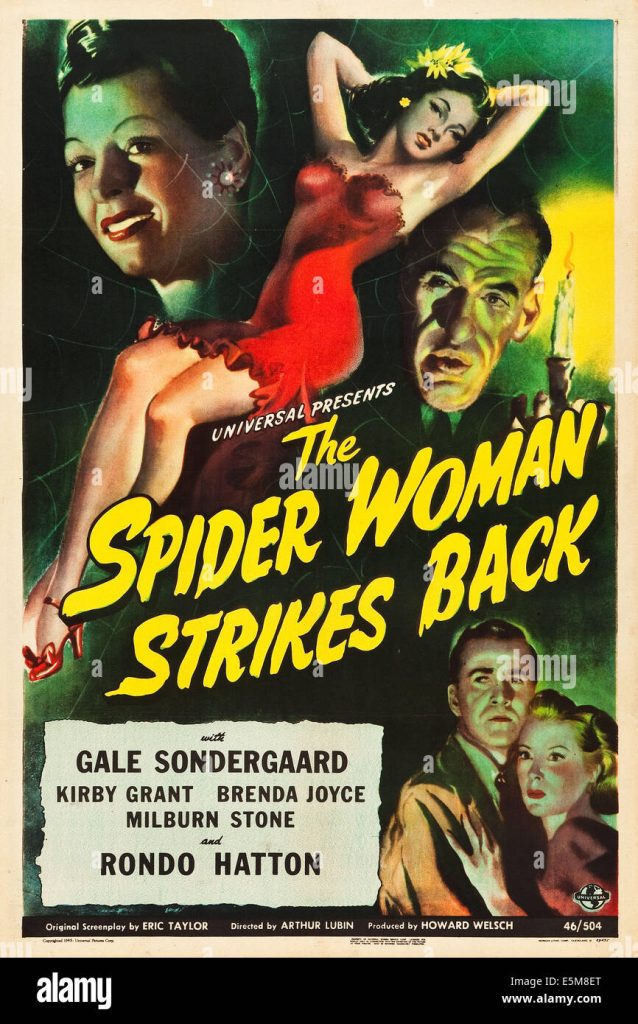
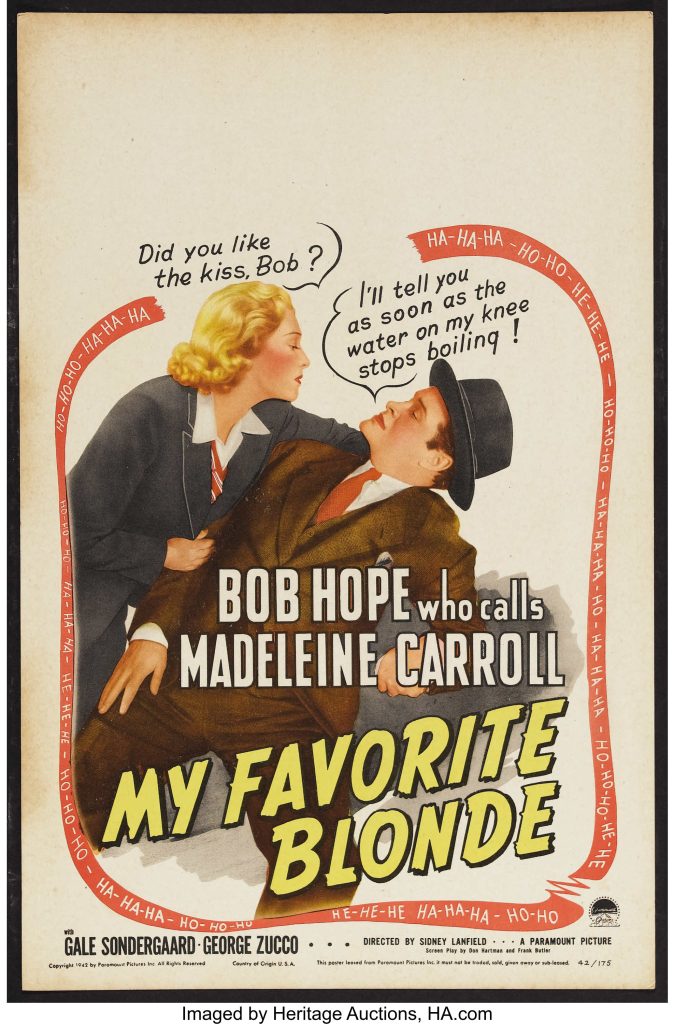
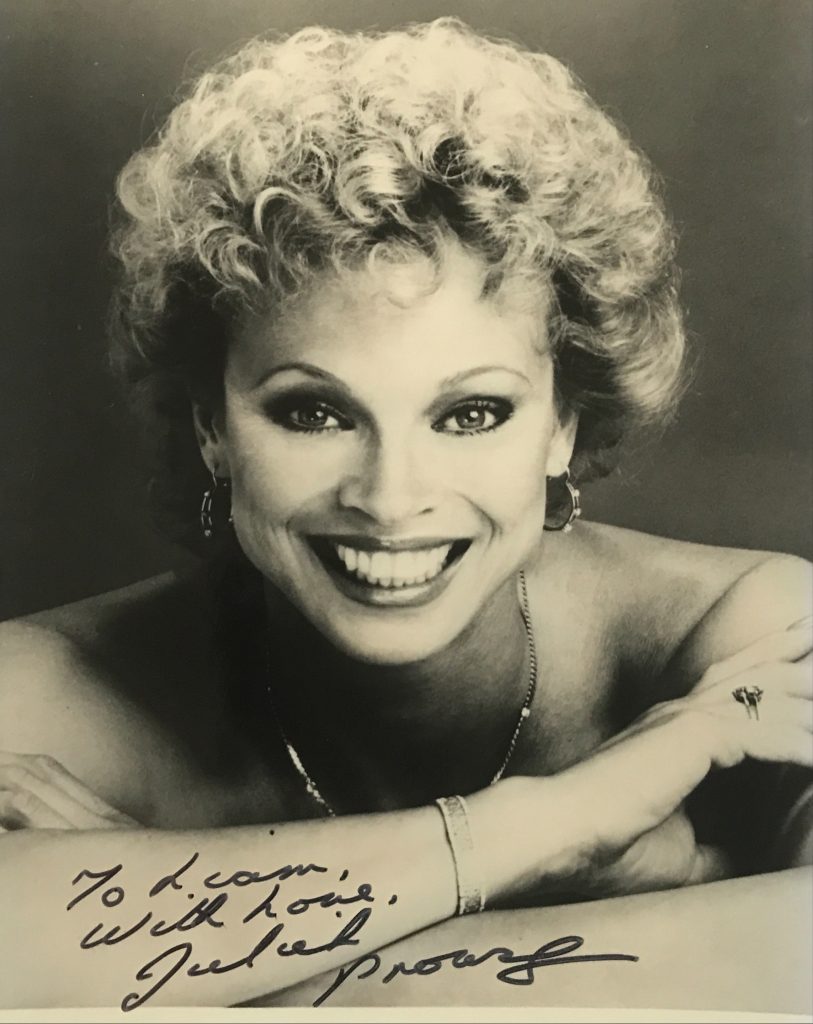
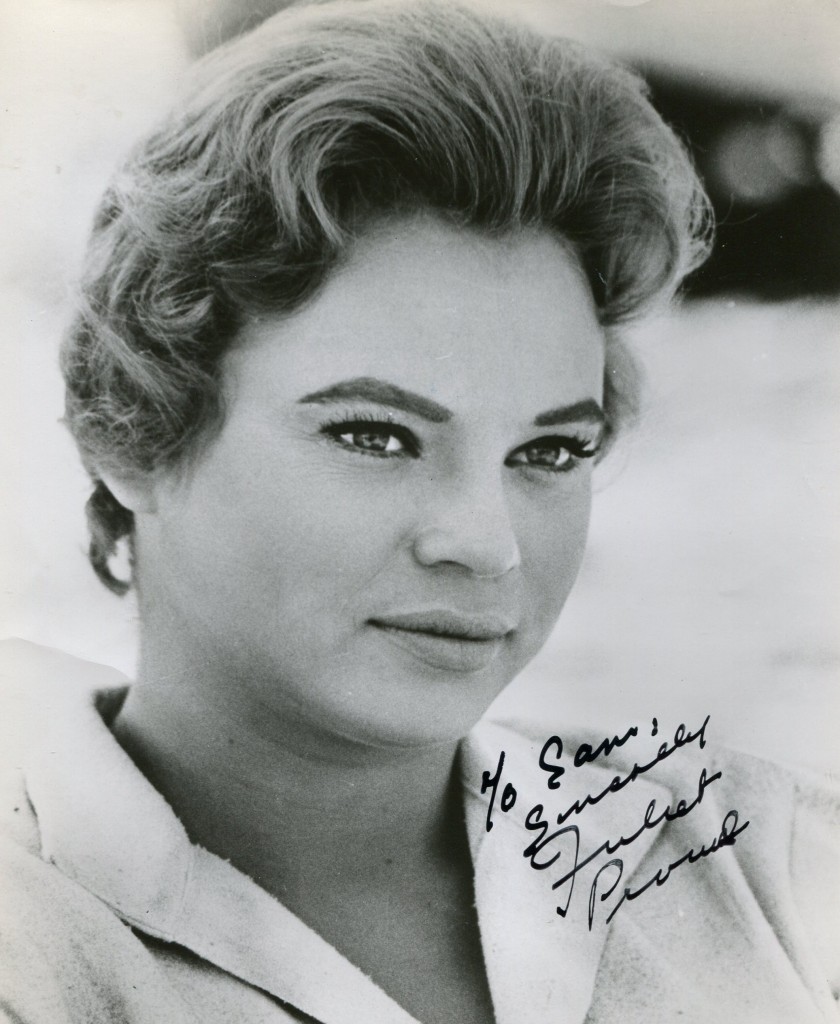
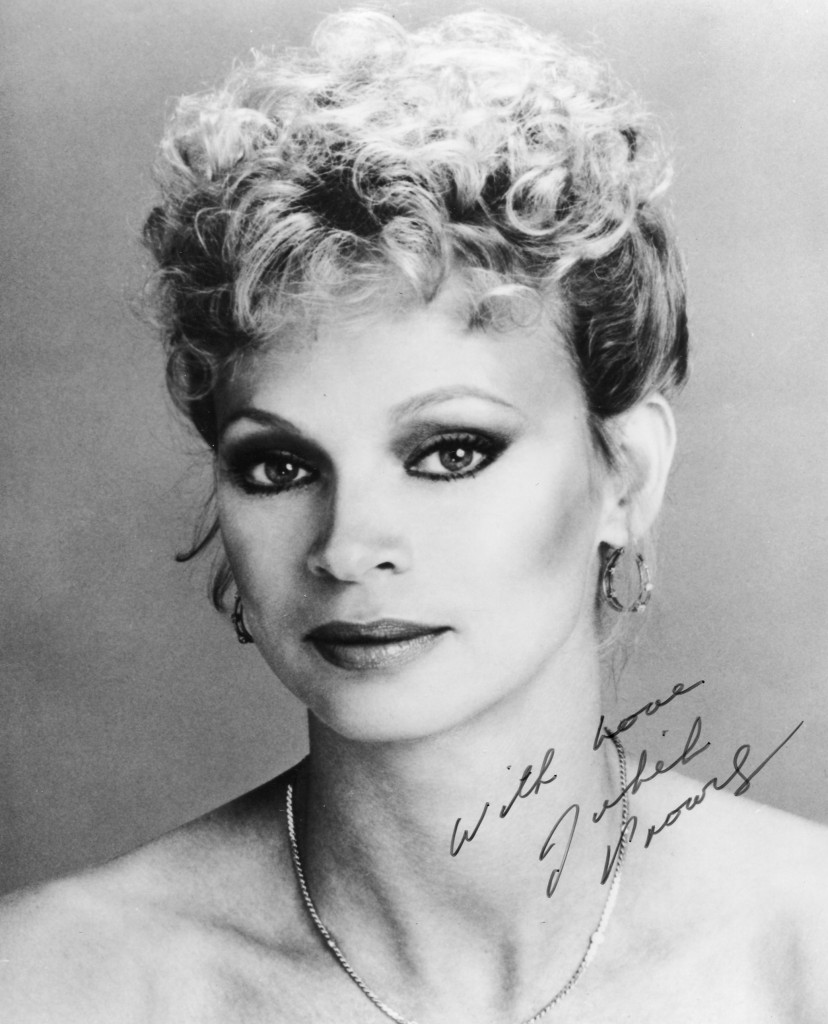
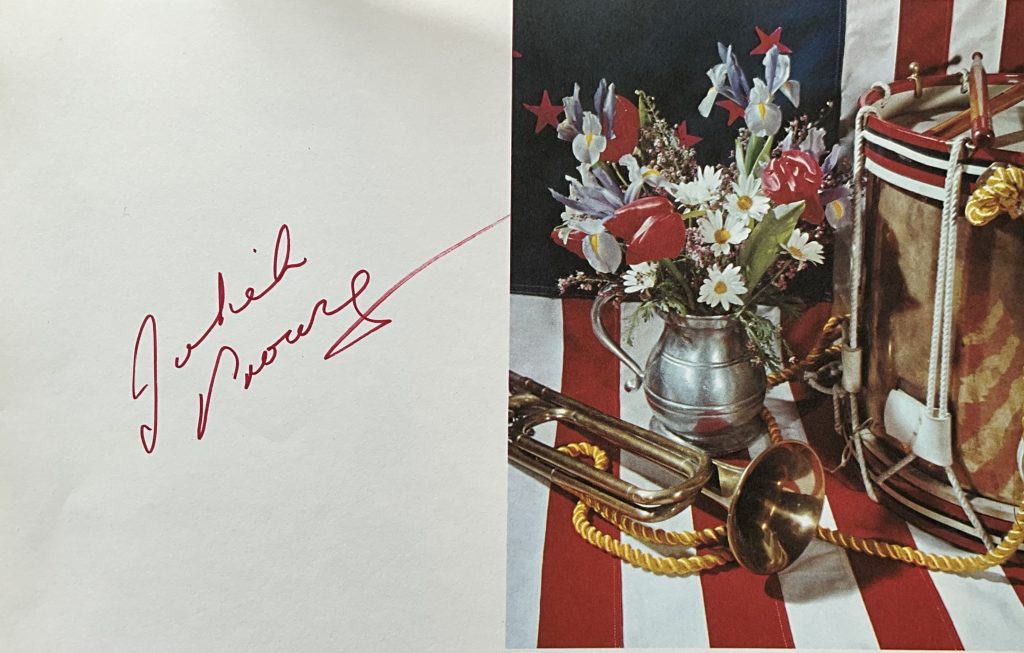
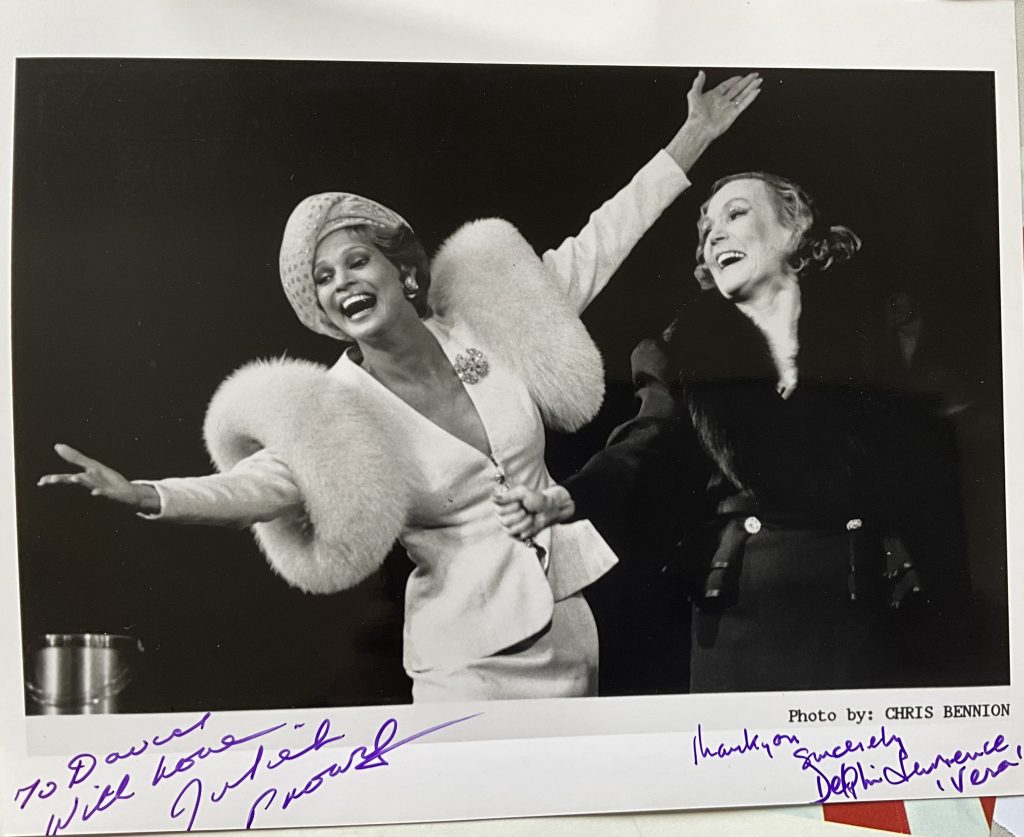
Juliet Prowse was a terrific dancer whose presence graced films of the early 60’s. She was born in Bombay, India in 1936 but raised in South Africa. Her first film was “Can-Can” in 1960 with Frank Sinatra and Louis Jourdan. She was Elvis Presley’s leading lady in “G.I. Blues” and in 1965 starred with Sal Mineo in the cult movie “Who Killed Teddy Bear”. Juliet Prowse had a very busy career on the music stage and in concert halls and Las Vegas. She died in 1996.
Her obituary by Tom Vallance in “The Independent” newspaper:A tall actress-dancer with red hair, pouting lips (she was once called “a trim Brigitte Bardot”) and a great high kick, Juliet Prowse appeared on screen with Frank Sinatra (who proposed marriage) and Elvis Presley during an all too brief film career, shocked Nikita Khrushchev with her dancing in Can-Can, became a London stage favourite (notably in Sweet Charity), and a sensational night-club performer, where her father worked as a travelling salesman.
Her father, an Englishman born in South Africa, died when she was three and her mother then took her to relatives in Durban, but finally settled in Johannesburg. “Juliet showed an aptitide for dancing from the time she could walk,” stated her mother, who enrolled her daughter in ballet school at the age of four. At 14 she was in the corps of Johannesburg’s Festival Ballet, dancing in Swan Lake, Coppelia and Les Sylphides. Two years later she played the Queen of the Wilis in Giselle – cast because of her outstanding elevation, she was the youngest dancer ever to play the role in South Africa. “I never graduated from college,” said Prowse, “because I became so interested in dancing that when I was 16 I quit to study with the ballet teacher Marjorie Sturmm in Johannesburg.”
Going to London two years later to continue her studies, she received the biggest disappointment of her life when turned down by Anton Dolin for the London Festival Ballet because she was too tall (nearly 5ft 8in).
Prowse turned to show dancing and successfully auditioned for Jack Cole, who was choreographing the film Gentlemen Marry Brunettes (1955) in London. Though she appeared in only one of the film’s numbers, Cole was impressed and asked her to work with him again in the London production of Kismet. She played the role of Princess Samaris, with an impressive solo dance to “Not Since Nineveh”, then after a 20-month run accepted an offer to dance in La Nouvelle Eve night-club in Paris, an engagement terminated when she injured her ankle in a motor-scooter accident.
While touring Italy in a revue starring the comic Macario, she fell in love with another dancer, Sergio Fadini, and with a third dancer they formed an act, the Prowse Dancers, and toured the European night-club circuit. Ambitious for her, Fadini polished her acting, singing and dancing technique and when he heard that Hermes Pan was in Rome he arranged an interview for her.
Pan, about to return to Hollywood to work on Can-Can, recommended her to 20th Century-Fox, who assigned her to appear in the movie. Having been given her featured role in Kismet on stage when the previous dancer dropped out at the last minute, Prowse now had her role of Celestine expanded to include the part of Claudine when Barrie Chase suddenly withdrew from Can-Can. “I’ve always had it easy,” Prowse said later. “I’ve never had to fight to get parts.”
Her role now included two major dancing roles plus a prominent acting role as the girl to whom Frank Sinatra sings “It’s Alright With Me”. An overlong and dull version of Cole Porter’s stage hit, Can-Can was considered notable mainly for the dancing of Prowse, particularly her solo as the Snake in the “Adam and Eve Ballet”, sliding sensually down branches of the Tree of Life dressed in blue-green snakeskin, a big red apple in her hand.
Khrushchev, after his famous visit to the set during the film’s making, described the number as “lascivious, disgusting and immoral”, but Frank Sinatra described Prowse as “the sexiest dancer I’ve ever seen”. He began an affair with her and featured her in two of his television specials, the first of which (in December 1959) showcased Prowse in an enormous production number staged in the California desert.
Regarding the well- publicised relationship, Prowse stated, “Gossip doesn’t worry me – I’m an open person. I’ve mixed around in this business long enough not to be embarrassed by anything pertaining to sex.” Fadini, her former boyfriend, commented, “Juliet is a sweet, shy, reserved girl – I don’t see what she sees in a man like him.”
When Sinatra proposed marriage with the condition that Prowse give up her career, she refused. “I am ambitious and have possibilities to be great,” she said.
Prowse went straight from Can-Can to the starring role opposite Elvis Presley in G.I. Blues (1960), based on a play filmed several times before (notably as The Fleet’s In in 1942) about a military unit who bet their company Lothario that he cannot melt the heart of a haughty night-club star. As the cabaret performer, Prowse won praise from critics for her exciting dance routines and her pert performance, and the director Norman Taurog later recounted that he had to shout “Cut!” several times to sepaarate the two stars during their kissing scenes.
Of Presley, Prowse stated, “He would make a damn fine dancer – he’s got fabulous rhythm”, and she would later do a perfect impersonation of the rock star in her night-club act.
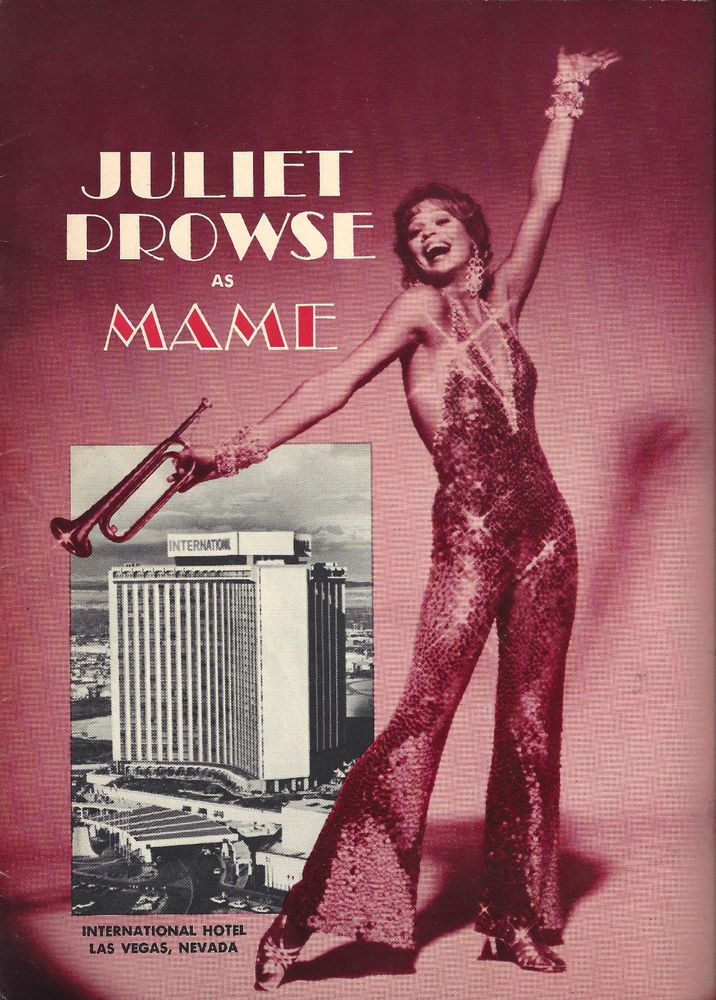
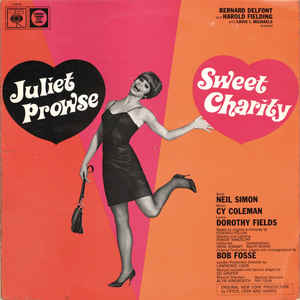
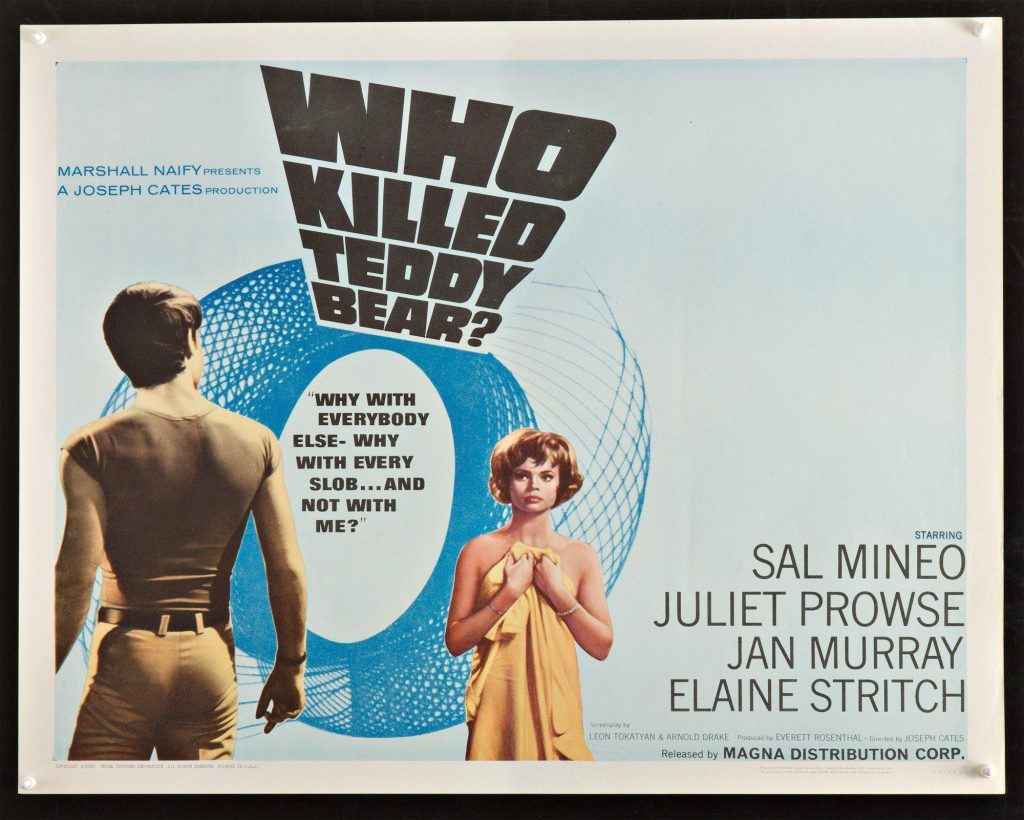
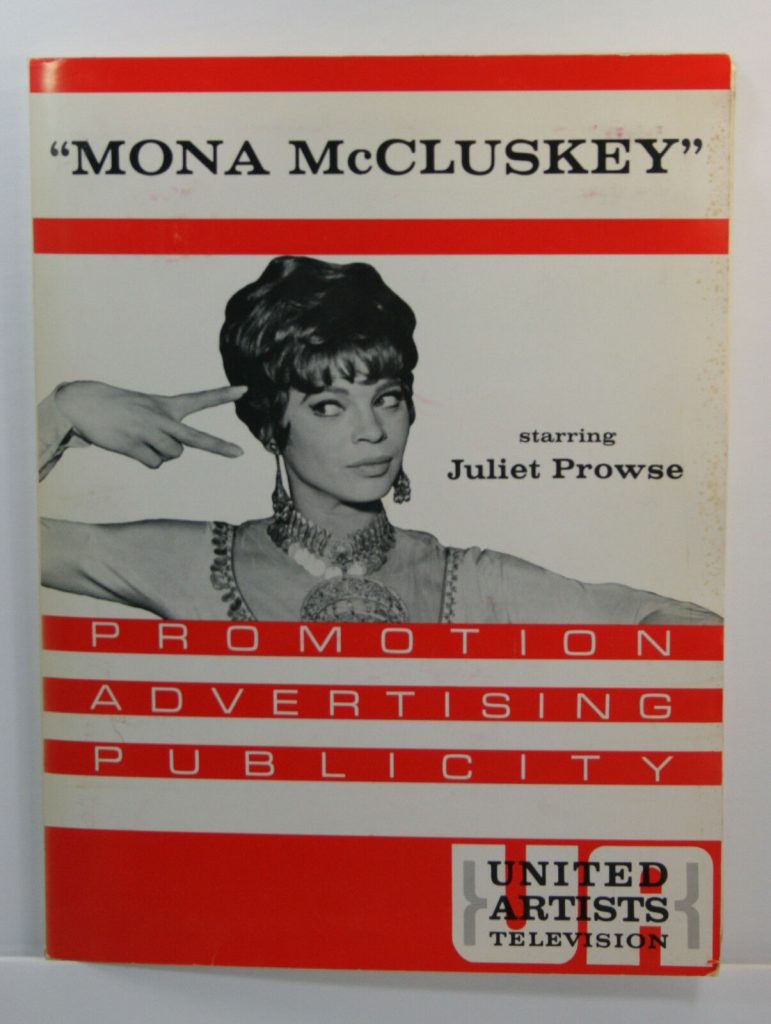
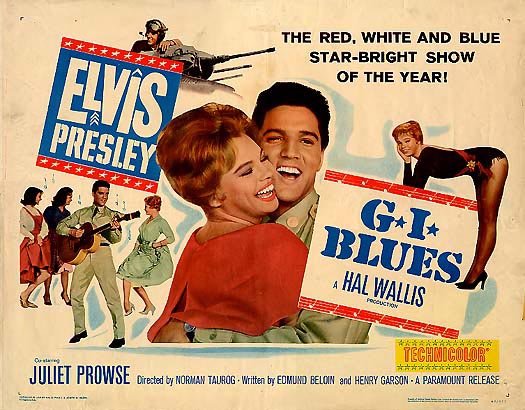
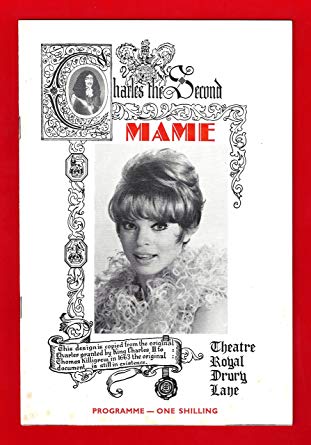
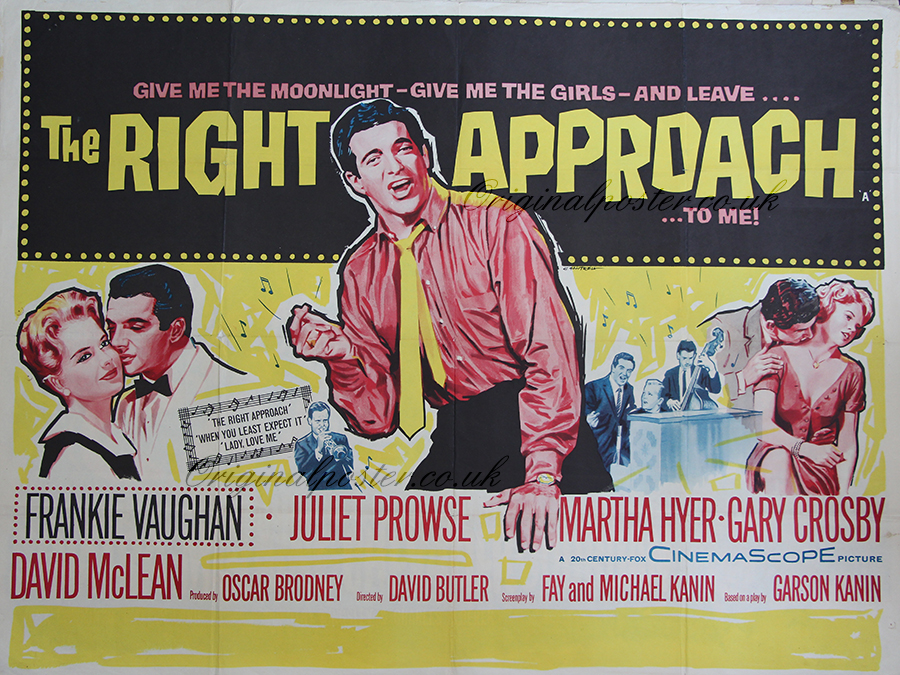
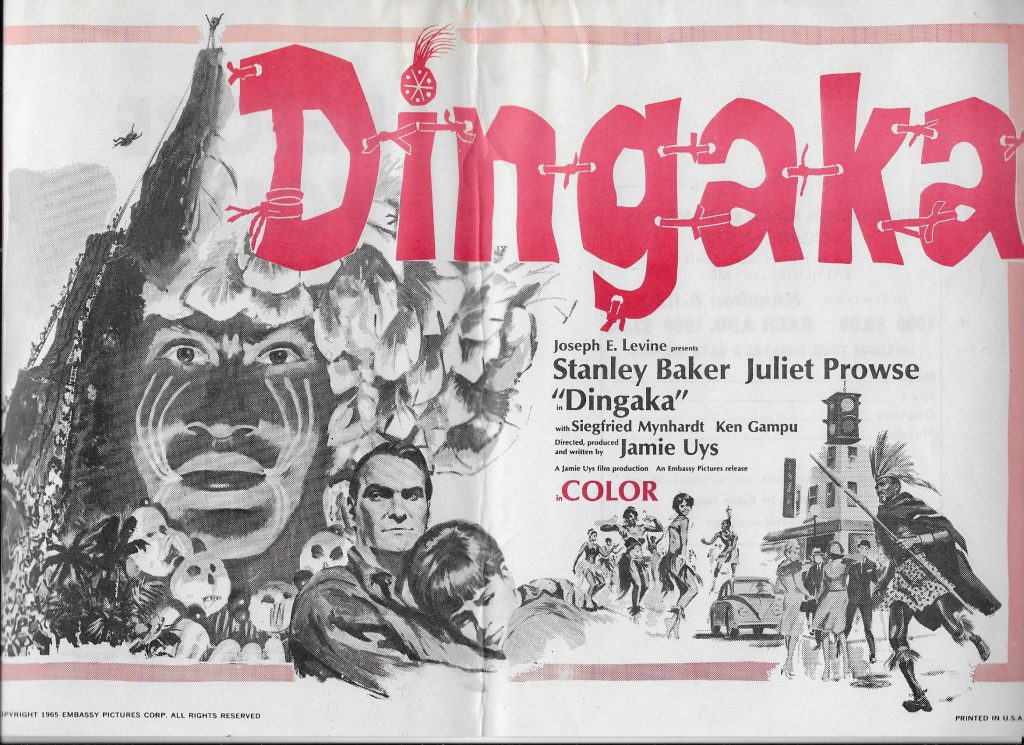
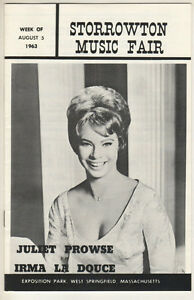
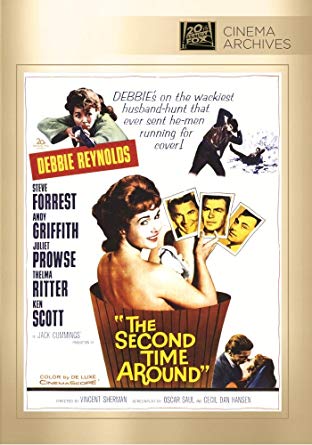
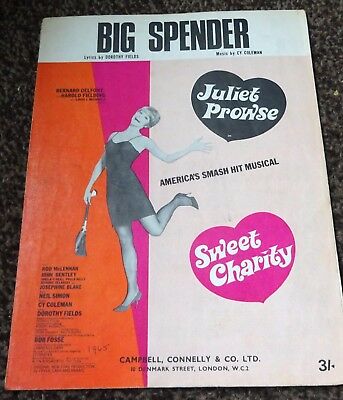
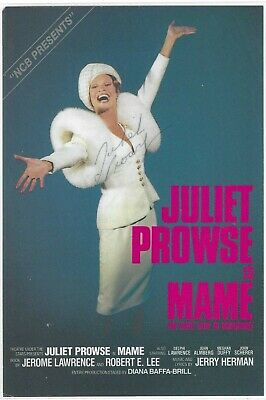
With the end of her relationship with Sinatra, Prowse’s film career faltered. Fox, who had signed her to a seven-year contract, put her only into a minor musical, The Right Approach (1961), with Frankie Vaughan, a routine adventure, The Fiercest Heart (1961), about battling Boers and Zulus in 1837 South Africa, and in support of Debbie Reynolds in the comedy The Second Time Around (1961) before letting her go. (Her description of Hollywood as “a demoralising hick-town” had not endeared her to the moguls.)
She returned to South africa in 1965 to film Jamie Uys’s Dingaka, and the same year starred as a discotheque dancer admired by both a voyeur/serial killer (Sal Mineo) and a lesbian (Eliane Stritch) in an exploitation movie made in New York, Who Killed Teddy Bear?, which has recently inexplicably been rediscovered and was hailed by some critics as a masterpiece of underground cinema when revived earlier this year at New York’s enterprising Film Forum cinema.
Prowse was now concentrating on television and the theatre. After touring in such shows as Damn Yankees, Irma La Douce and The Boy Friend, she was cast in the Las Vegas production of Sweet Charity and played there to capacity for six months. In 1967 she enchanted London in the same piece as the gullible dance-hall hostess, stopping the show nightly cavorting through “If My Friends Could See Me Now”, and touchingly conveying the heroine’s unshakeable faith in human nature.
She returned to London in 1969 to star in Mame at Drury Lane while Ginger Rogers took a holiday, again winning acclaim, and in 1976 starred opposite Rock Hudson in a limited season of the two-character musical I Do! I Do!, one critic commenting that “Juliet Prowse is fast enough on her feet to prevent any damage to her toes when Rock is called on to do an occasional stiff-backed military two-step”.
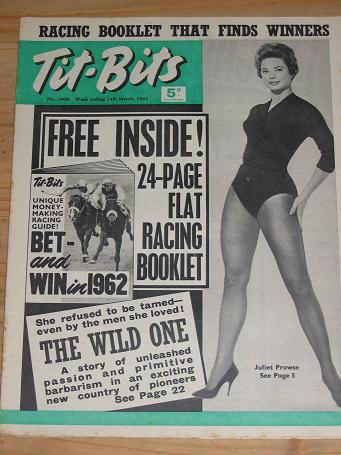
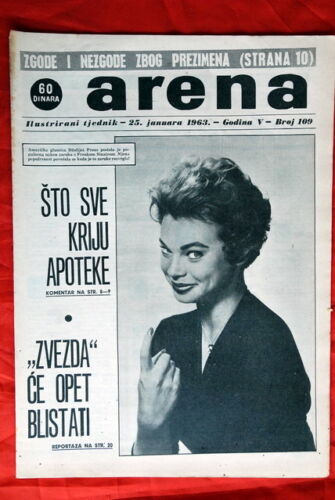
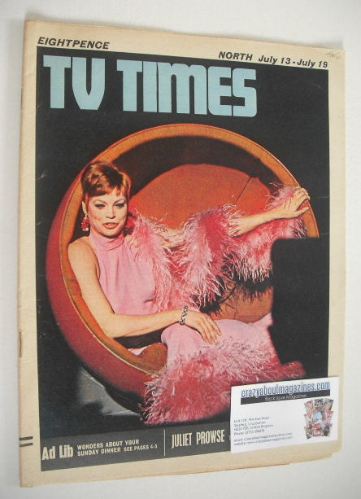
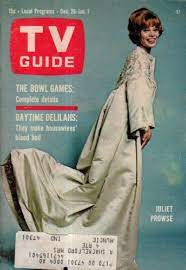

Although she often confessed an ambition to have an original stage musical written fo her, Prowse’s principal career was now in night-clubs. In 1971 she made a sensational success with an act at Desert Inn in Las Vegas. Produced by Tony Charmoli, it was praised for its simplicity and finesse compared to the usual brash glitter of Vegas revues. It was climaxed, after Prowse had danced variations on the charleston, cha-cha and jitterbug, performed comedy sketches and sung ballads, with a memorable 15-minute ballet to Ravel’s “Bolero”.
She did guest appearances on all the leading television shows, including those of Perry Como, Bob Hope, Danny Kaye and Ed Sullivan, had her own situation comedy show, Mona McCluskey, (produced by Geoge Burns) in 1965 and her own television special, The Juliet Prowse Show, in 1979. She loved her work, and put herself through a gruelling twice-nightly schedule during her days as a night-club star, but always referred wistfully to her biggest regret.
“I’ve never starved,” she once said, “and my family always encouraged me, as did everyone else. But my really big disappointment was beng told I was too tall for the ballet.”
Juliet Prowse, actress and dancer: born Bombay 25 September 1936; married 1969 Eddie James (marriage dissolved 1970), 1972 John McCook (one son); died Los Angeles 14 September 1996.
The above “Independent” obituary can also be accessed on-line here.
By Robert Mcg. Thomas Jr.
Juliet Prowse, the tall, leggy dancer with the sultry smile and the bee-sting lips who became a tabloid celebrity when she offended Khrushchev and captivated Frank Sinatra, died on Saturday at her home in the Holmby Hills section of Los Angeles. She was 59 and had been a staple of Las Vegas nightclub acts, television specials and touring musicals for more than 30 years.
The cause was pancreatic cancer, a spokesman said.
Although Miss Prowse was an accomplished dancer who had been trained in classical ballet in London and South Africa and had had a successful career in Europe before being discovered in Italy by the choreographer Hermes Pan, she was an unknown in the United States when Mr. Pan recruited her to appear with Mr. Sinatra and Shirley Maclaine in the movie-musical ”Can-Can.”
Then came the day in 1959 when Khrushchev, the Soviet leader, visited the ”Can-Can” set in Hollywood during a celebrated state visit to the United States and pronounced the entertainment ”immoral.”
Within hours Miss Prowse’s scantily-clad image was in virtually every newspaper in America and she was being hailed by Hollywood as another Betty Grable.
Miss Prowse, who knew propaganda when she heard it translated (Khrushchev had been all smiles during the visit, she said), was nonplused. ”Let’s face it,” she said. ”The cancan is a pretty raucous number. It’s not exactly ‘Swan Lake.’ ”
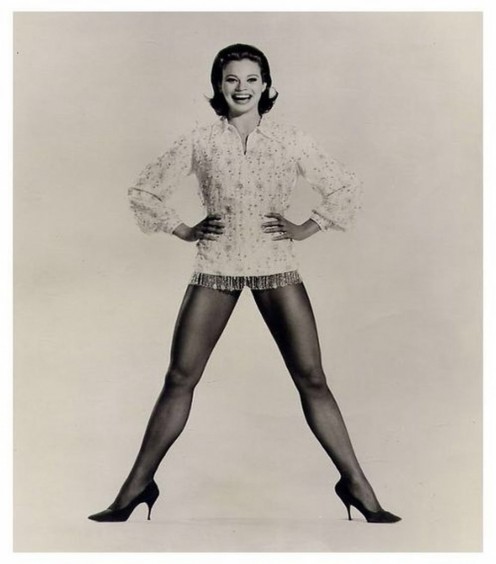
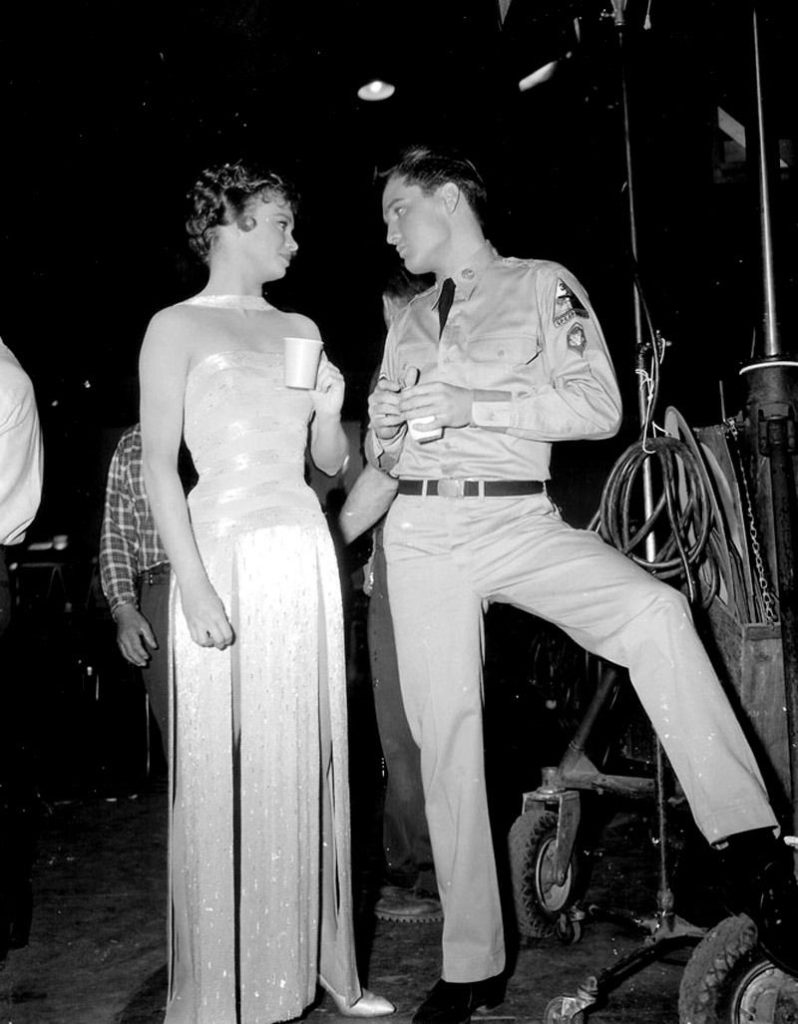
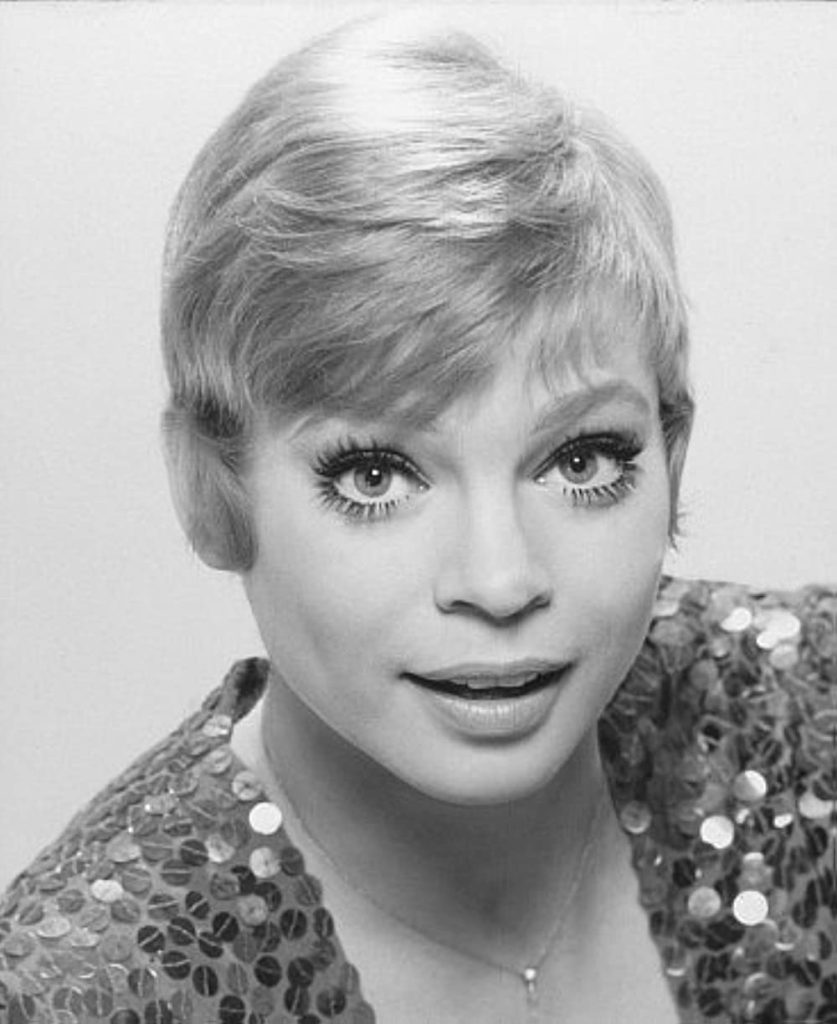
Although she won enthusiastic praise for both her acting and her dancing in ”Can-Can,” Miss Prowse was two decades late for the era of the big Hollywood musical and she appeared in only a few, largely forgettable movies, among them, ”The Second Time Around,” with Debbie Reynolds; ”Who Killed Teddy Bear?” with Sal Mineo, and ”G.I. Blues,” with Elvis Presley.
But the Khrushchev remark, a romance with Mr. Sinatra (they were engaged for six weeks in 1962) and a simultaneous fling with Mr. Presley made her an enduring darling of the gossip columns and enhanced her popularity as a television and night club performer.
Juliet Prowse, whose father was a British manager for Westinghouse who died when she was 3, was born in Bombay, India, and grew up in South Africa, where she emerged as such a skilled dancer that at 14 she was the ”baby ballerina” star of the Festival Ballet in Johannesburg.
At 17 she was pursuing her career in London, but had to switch to modern dance when she grew too tall, 5 feet, 7 inches, for her partners. ”When I got on my toes,” she said, ”some of those male partners were way down there.”
A part in the London production of ”Kismet” led to an engagement at a celebrated topless dance club in Paris, but Miss Prowse was not allowed to appear uncovered.
”I was considered English,” she later said. ”In those shows, nudity was the guarded right of the French and German girls.”
She later appeared in Madrid, helped form what amounted to a traveling review and was dancing in Rome when she was spotted by Mr. Pan, Fred Astaire’s longtime collaborator, who told friends she was the best feminine dancer he had ever seen.
Miss Prowse never became a major movie star, but in the years after ”Can-Can” she was rarely out of work partly because, for all her gossip- column celebrity, she was a hard-working, disciplined professional whose performances were almost always well received.
She made a virtual career touring in ”Mame’ and won such acclaim for her Las Vegas performance in ”Sweet Charity,” in 1966, that the show was taken to London, where Miss Prowse won the British equivalent of a Tony Award.
After she broke off her engagement with Mr. Sinatra, Miss Prowse settled down to a series of long-term relationships but generally avoided matrimony. There was a brief early marriage she never talked about, and in 1980, just after giving birth to their son, she married John McCook, an actor. They were later divorced.
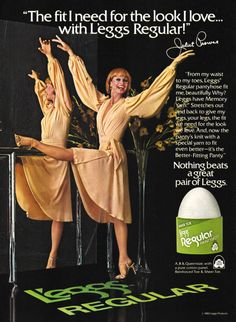
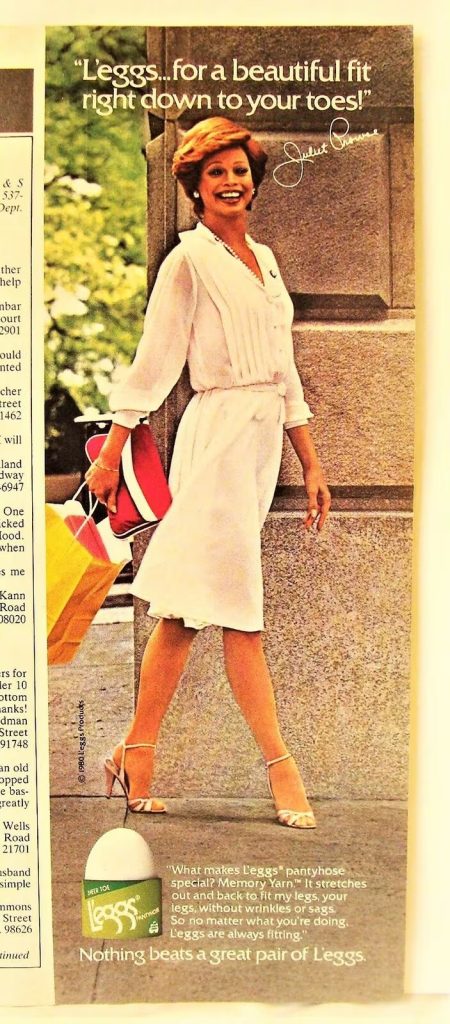
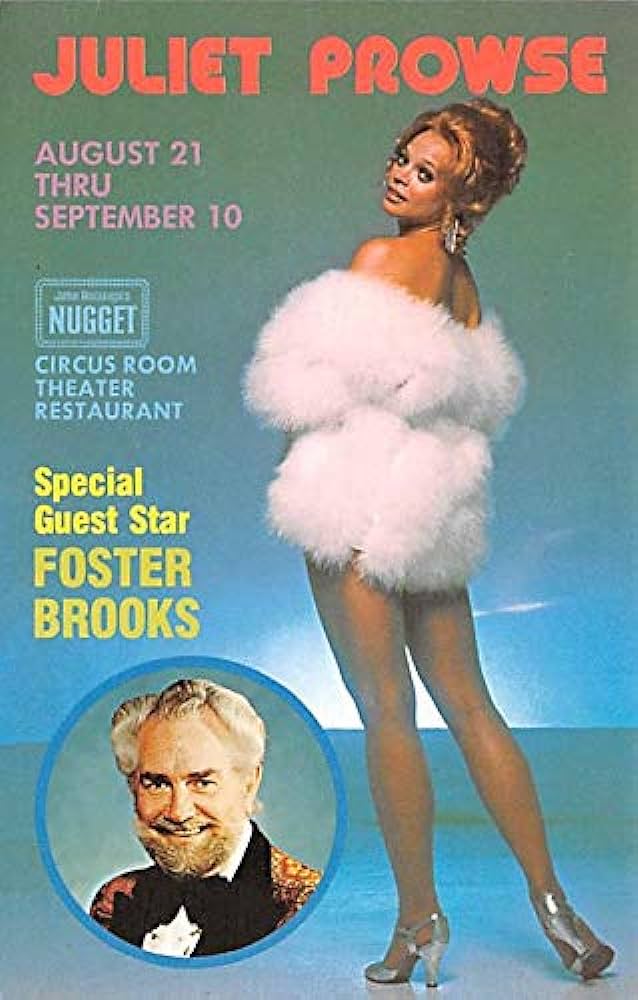
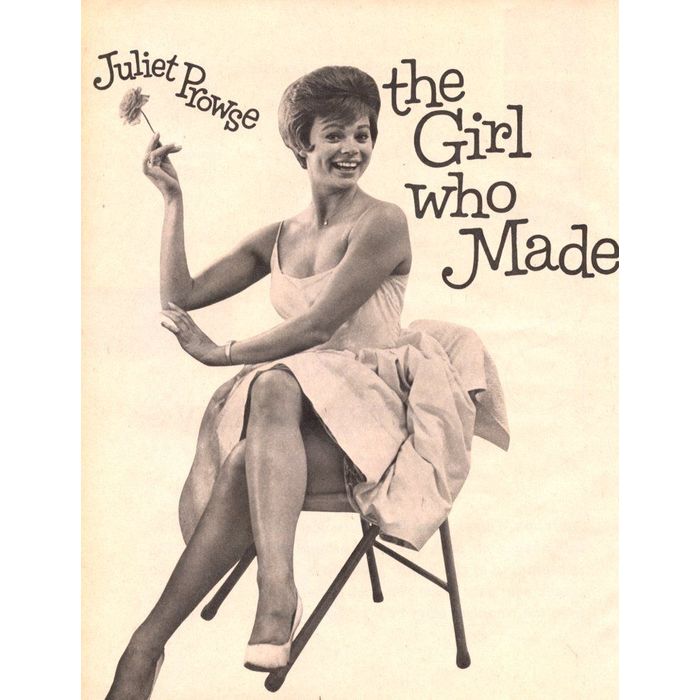
To those who worked with her, Miss Prowse’s most striking feature was neither her long, shapely legs nor her dancing skills, but her sunny disposition and her perpetual good cheer even in the face of one disaster or another, like the time in 1987 when she was mauled by a leopard while rehearsing for a television special called ”Circus of the Stars.”
As her longtime manager, Mark Mordoh, noted on Saturday, none of her friends were surprised that Miss Prowse was convinced that the same dedication and hard work that had brought her a successful show business career would lead to a victory over her cancer, discovered in 1994.
”Even while she was getting chemotherapy,” Mr. Mordoh said, ”she was teaching yoga classes.”
Miss Prowse is survived by her son, Seth McCook, of Los Angeles; her mother, Phylis Polte, and a brother, Dr. Clive Prowse, both of Vanderbijl Park, South Africa, and her companion, B. J. Allen
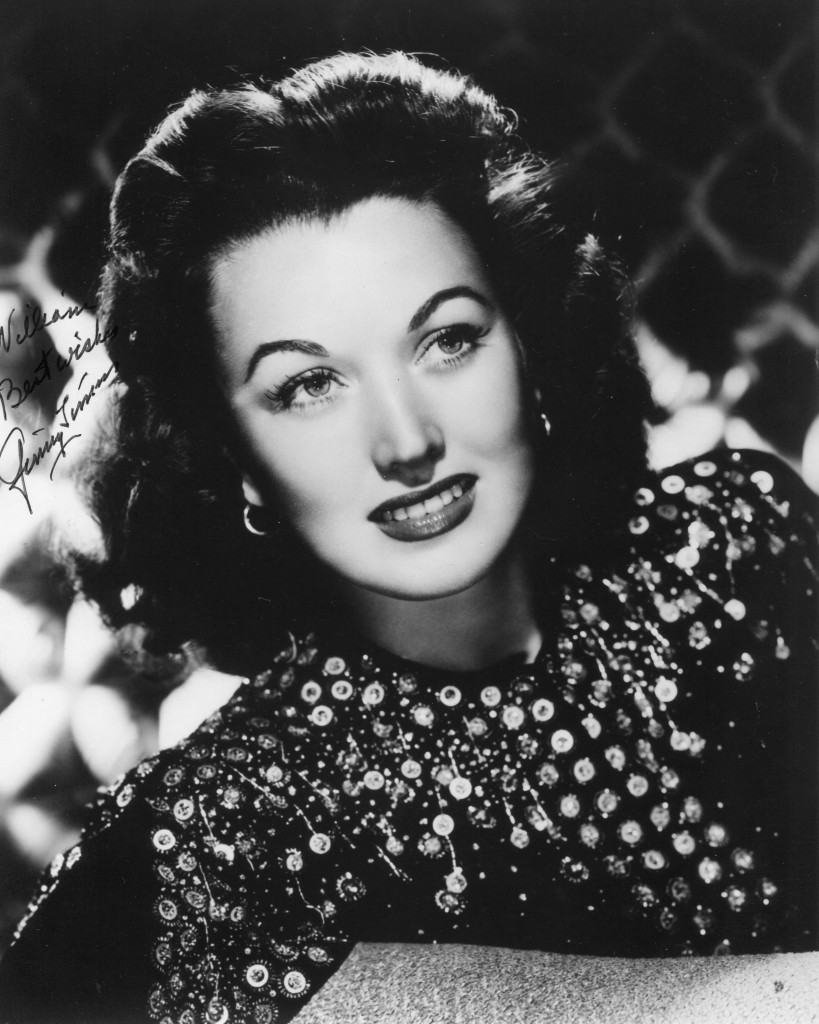
Ginny Simms was born in 1915 in San Antonio ,Texas. She was a big band singer who also acted on film. Her films include “Here We Go Again” with Edgar Bergen and Charlie McCarthy, “Hit the Ice” with Abbott and Costello and “Night and Day” with Cary Grant, Alexis Smith and Dorothy Malone in 1946. S
War-era songstress Ginny Simms was born Virginia Simms on May 23, 1913, in Texas but was raised in California, which accounts for her lack of a Southern accent in her speaking/singing voice. Though she studied piano as a child, it was her vocal gifts that launched her career, which started when she formed a singing trio while studying at Fresno State Teachers College. Ginny was performing at a club in San Francisco when she was heard by bandleader/radio star Kay Kyser. She became his featured singer and the big attraction of Kay Kyser’s Kollege of Musical Knowledge, a comedy revue done in the style of a quiz show with music. They also became a romantic item. In addition to radio, she kept busy recording swing and pop albums.
After Ginny broke into films as a guest vocalist in three of Kyser’s films for RKO–That’s Right – You’re Wrong (1939), You’ll Find Out (1940) and Playmates (1941), she decided to stay in Hollywood, abandon the tour scene with Kyser, and seek solo fame and fortune. Kyser would replace Ginny with Georgia Carroll both professionally and personally and they later married. Ginny earned her own popular radio show and involved herself deeply in the war effort, earning praise for her tireless work. Some of her well-known recordings (with and without Kyser) include “Deep Purple,” “Indian Summer,” “I’d Like to Set You to Music,” “I Can’t Get Started,” “I Love Paris,” and “Stormy Weather.” A dazzling beauty with high cheekbones and megawatt smile, Ginny seemed made for the screen. She co-starred with Bud Abbott and Lou Costello in one of their earlier and funniest comedies, Hit the Ice (1943), and scored some important second-lead roles over at MGM with Broadway Rhythm (1944) with George Murphy and Gloria DeHaven, in which she played a movie star who sang “All the Things You Are,” and the Cole Porter biopicNight and Day (1946) starring Cary Grant and Alexis Smith, in which she sang some of Porter’s best loved standards (“I’ve Got You Under My Skin,” “Just One of Those Things,” “I Get A Kick Out of You” and “You’re the Top”), but her career lost momentum rather quickly (the story at the time was that she had turned down a marriage proposal by newly divorced MGM head Louis B. Mayer, who retaliated by immediately dropping her contract at the studio).
Ginny left Hollywood altogether in 1951 and her recording career ended not long after. She subsequently retired and ran a travel agency for a time while developing an interest in interior decorating (her first husband, Hyatt Dehn, was the man who started the Hyatt Hotel chain, for which she did much of the interior decorating). She also was involved in real estate with third husband Donald Eastvold. The mother of two sons from her first marriage, Ginny died of a heart attack in 1994 at age 78.
– IMDb Mini Biography By: Gary Brumburgh / gr-home@pacbell.net
She died in 1994.
Gary Brumburgh’s entry:
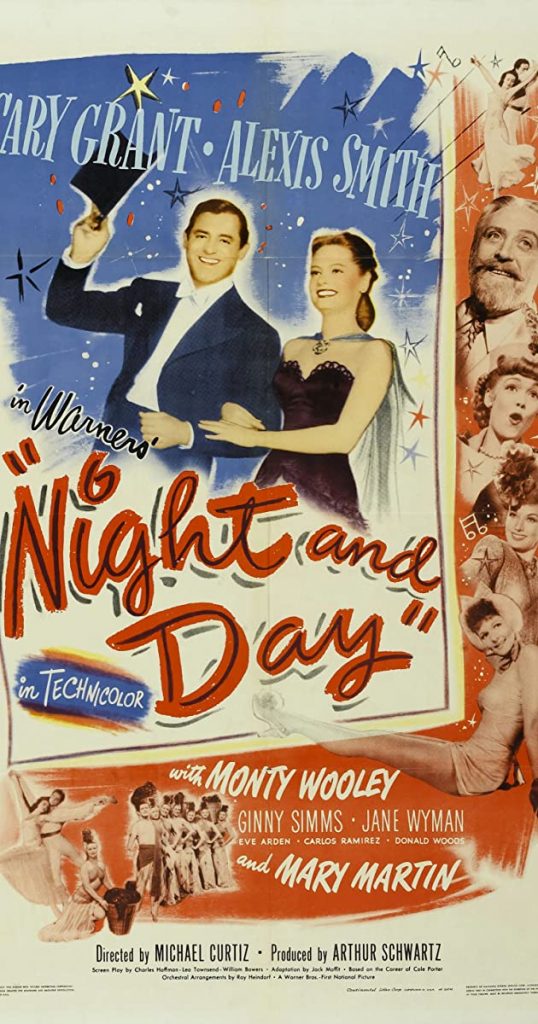
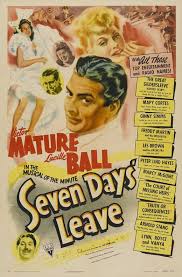
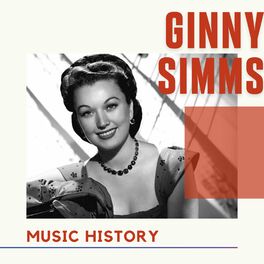
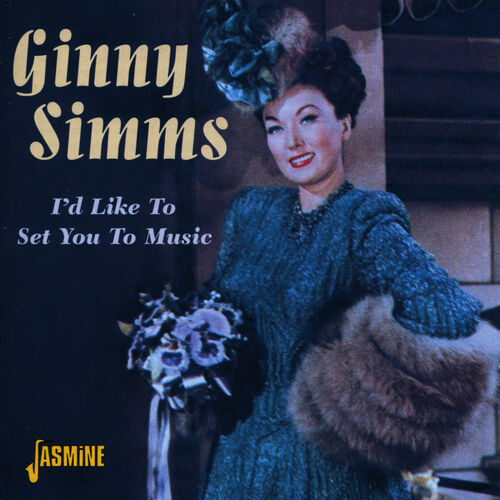

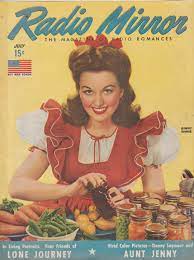
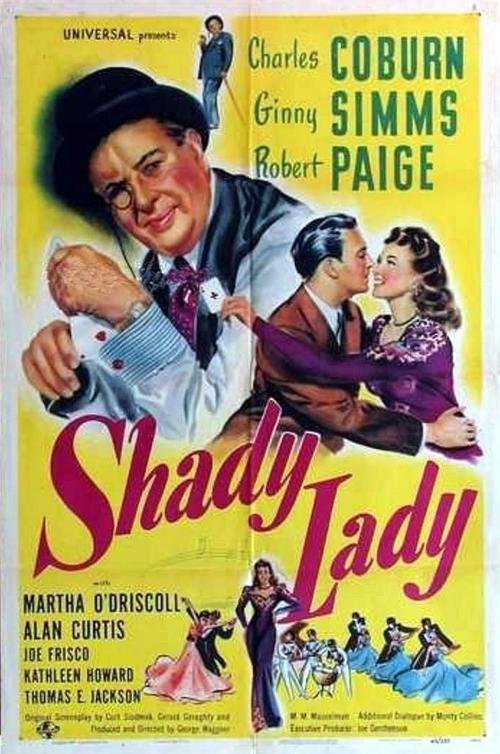
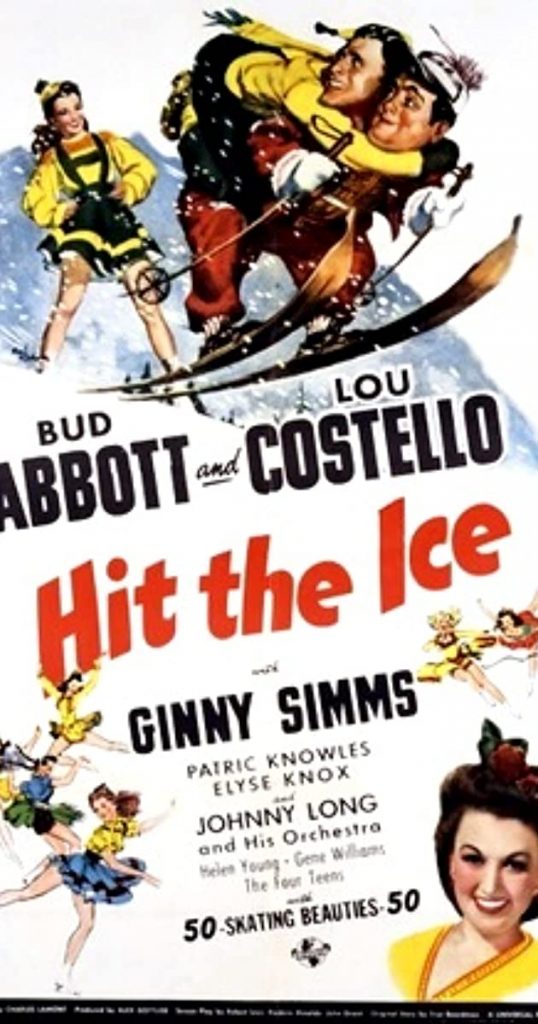
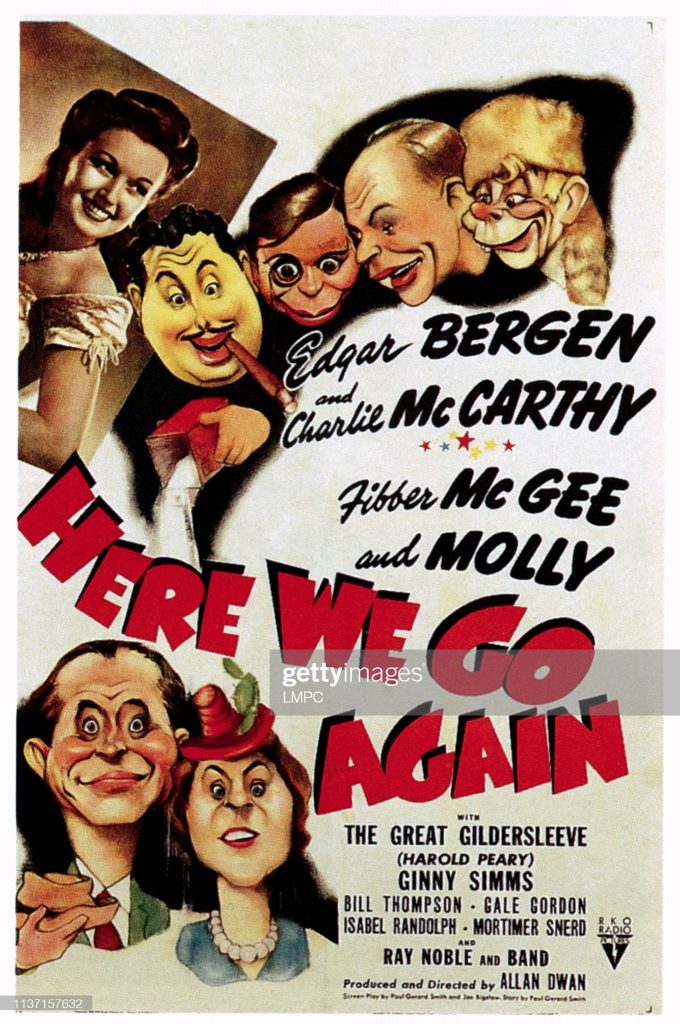
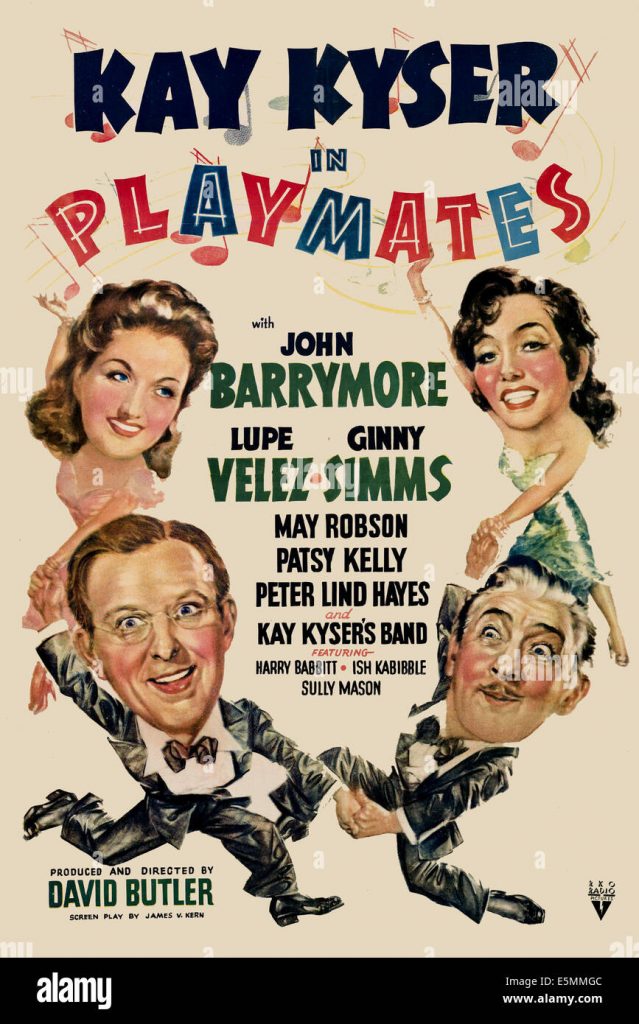
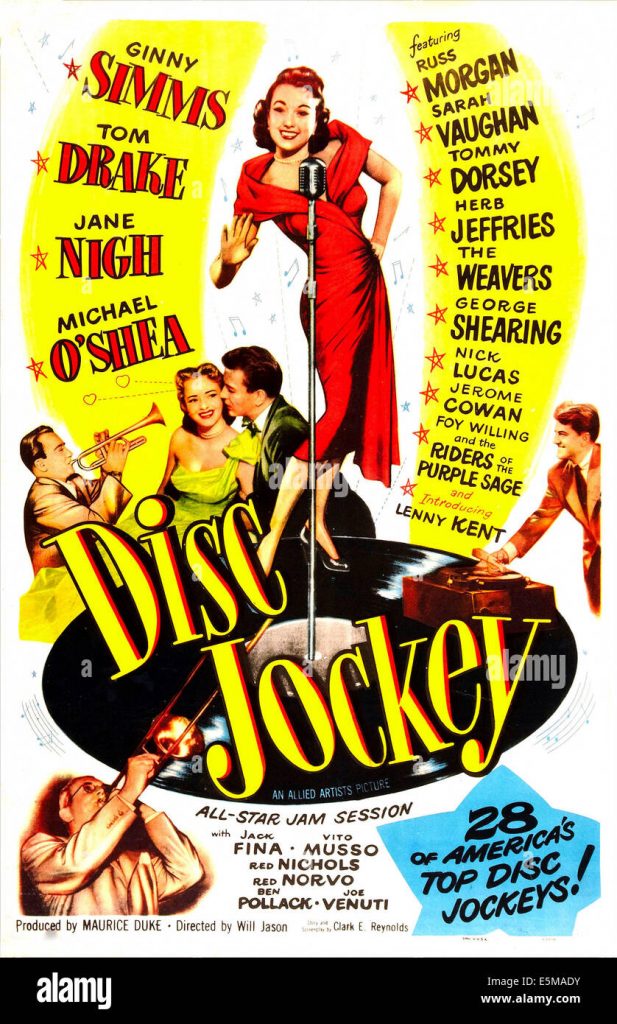
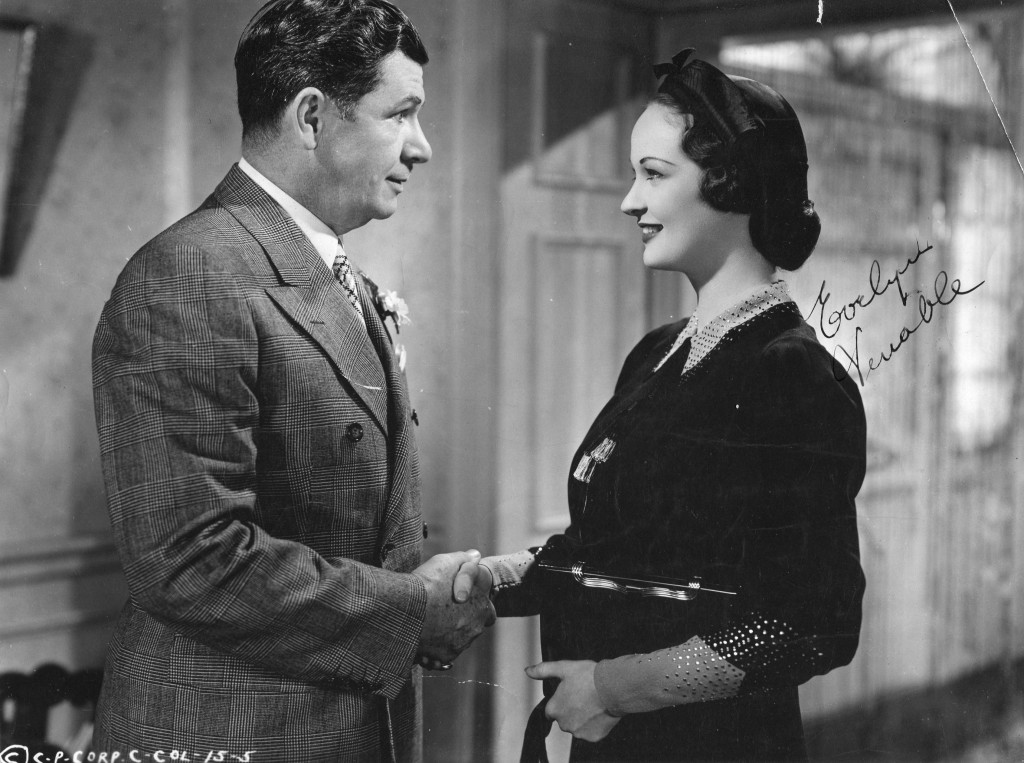
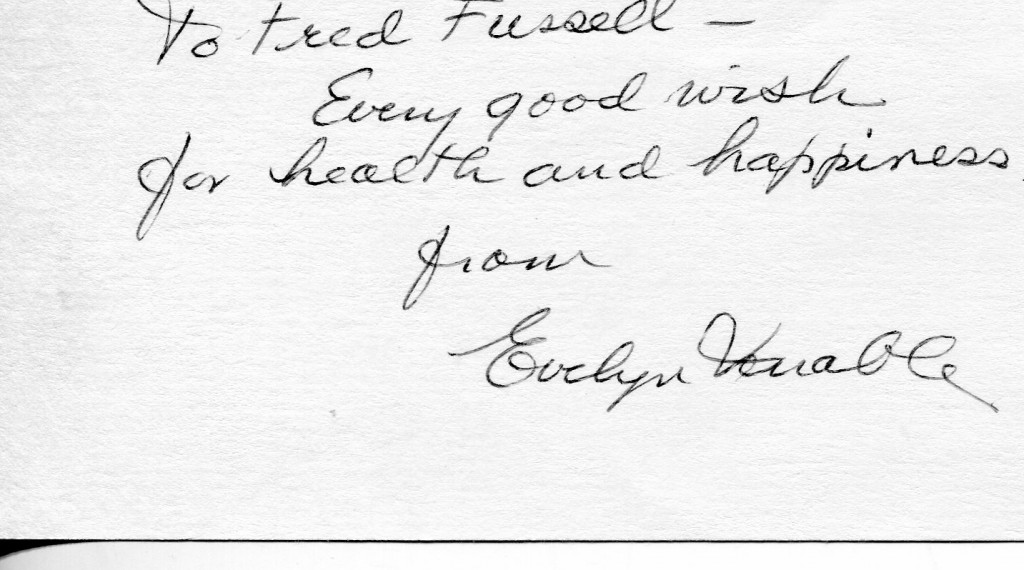
Evelyn Venable was born in 1913 in Cincinnati, Ohio and made her film breakthrough in “Death Takes a Holiday” in 1934 opposite Fredric March. Her other film of note is “Cradle Song”. She retired in 1943 to spend more time with her family. Evelyn Venable died in 1993 at the age of 80.
Gary Brumburgh’s entry:
Lovely and ethereal in looks, and quite unassuming in nature, 1930s actress Evelyn Venable was born in 1913 in Cincinnati, Ohio, where she grew up and received her schooling. Both her father, Emerson Venable, and grandfather were writers/teachers. In her high school drama department, Evelyn played the top leads in their productions of “Romeo and Juliet” (Juliet) and “As You Like It” (Rosalind). Critics were so bowled over by her performances that she was cast in a professional production of “Dear Brutus” in the nearby area. Following graduation, she earned a four-year non-acting scholarship to Vassar but left after the first year to study at the University of Cincinnati. After college the acting bug returned. Encouraged by classical actor/director Walter Hampden, who was a family friend, he invited her to join his touring company where she eventually performed Ophelia to his Hamlet and Roxanne to his Cyrano. Film scouts at Paramount caught these productions and invited her to Hollywood.
Evelyn made her film debut with Cradle Song (1933) and proceeded to take on sensitive, soft-spoken leads or second leads in a number of “A” class fare including Mrs. Wiggs of the Cabbage Patch (1934) with Pauline Lord; the classic fantasy Death Takes a Holiday(1934) starring Fredric March, which is deemed her best role; David Harum (1934) andThe County Chairman (1935), both Will Rogers‘ vehicles; and Alice Adams (1935) starringKatharine Hepburn in the title role. In each of these Evelyn looked simply luminous and proved most able, but perhaps her modest, rather delicate nature didn’t carry off enough weight to make her a star. In any event, she was thereafter relegated to working at “poverty-row” studios. She started appearing in movies with titles that indicated a downhill slide was imminent — Vagabond Lady (1935), Streamline Express (1935), North of Nome (1936), Racketeers in Exile (1937), The Headleys at Home (1938) and Hollywood Stadium Mystery (1938). One bright spot would be her sooth voicing of the “Blue Fairy” in the Disney animated classic Pinocchio (1940).
By this time, Evelyn had married Hal Mohr, the Oscar-winning cinematographer she had met on the set of one of Will Rogers‘ films, and bore him two daughters, Dolores and Rosalia. Interest waned for the actress, who decided that family came first and completely retired after appearing opposite Stuart Erwin Jr. in the light comedy He Hired the Boss (1943). Evelyn gamely returned to college (UCLA) where she studied Greek and Latin and attained a Master’s degree. Invited to join the UCLA staff as a drama instructor, she stayed there contentedly for decades. She and Mohr lived in Brentwood, California in later years and enjoyed a 40-year marriage that lasted until his death in 1974. Evelyn died in Idaho of cancer in 1993.
– IMDb Mini Biography By: Gary Brumburgh / gr-home@pacbell.net
Evelyn Venable, actress: born Cincinatti, Ohio 8 October 1913; married 1934 Hal Mohr (died 1974; two daughters); died Post Falls, Idaho 16 November 1993.
Evelyn Venable, actress: born Cincinatti, Ohio 8 October 1913; married 1934 Hal Mohr (died 1974; two daughters); died Post Falls, Idaho 16 November 1993.
ALTHOUGH she retired after only 10 years on the screen, Evelyn Venable was seen in more films than most superstars; she was the first model for Columbia Pictures’ Statue of Liberty logo.
Her father was Emerson Venable, a college professor and noted Shakespearean authority. Evelyn began acting in high school plays, and at 15 played Juliet at the Cincinatti Civic Theater. She attended Vassar, but stayed only briefly at the University of Cincinatti, leaving to join a stock company run by the actor Walter Hampden, with whom she appeared in Cyrano de Bergerac and Hamlet. When the company played Los Angeles, her Ophelia impressed a talent scout, and she was signed to a Paramount contract. In her first film, Cradle Song (1933), she was liked as the foster daughter of a nun (Dorothea Wieck, the German star of Madchen in Uniform). In Death Takes a Holiday (1934), she played the sensitive Grazia, with whom Death (Fredric March) falls in love. Mordaunt Hall wrote in the New York Times: ‘Miss Venable lends to her acting a praiseworthy earnestness.’ A loan-out to Fox for David Harum (1934) changed her life; she and Hal Mohr, the film’s cinematographer, fell in love and were married that same year.
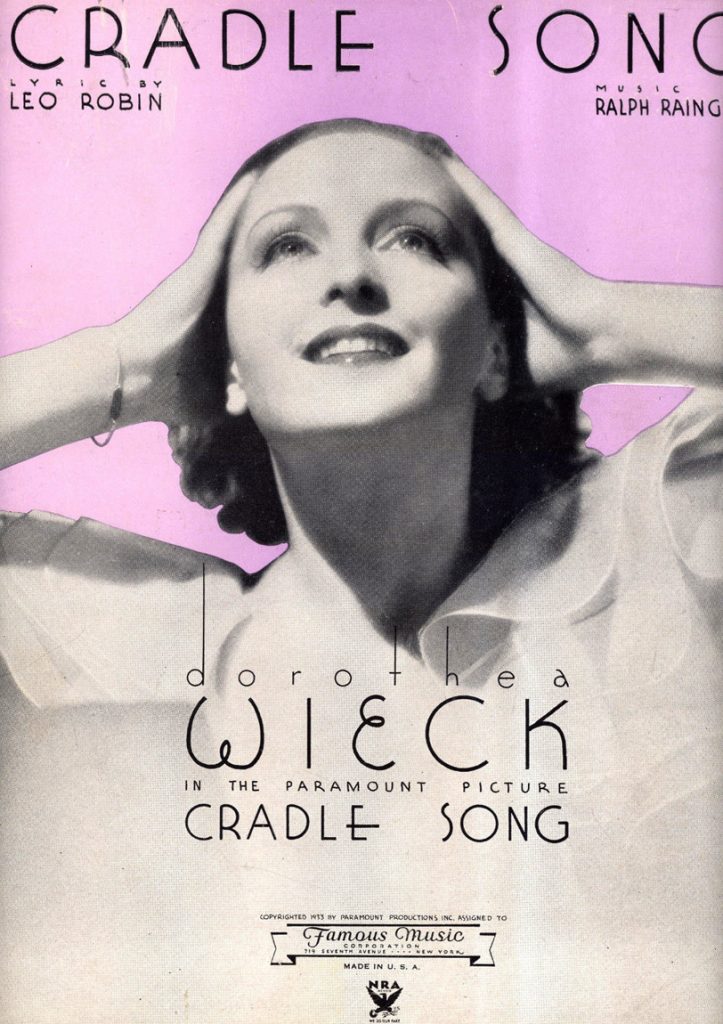
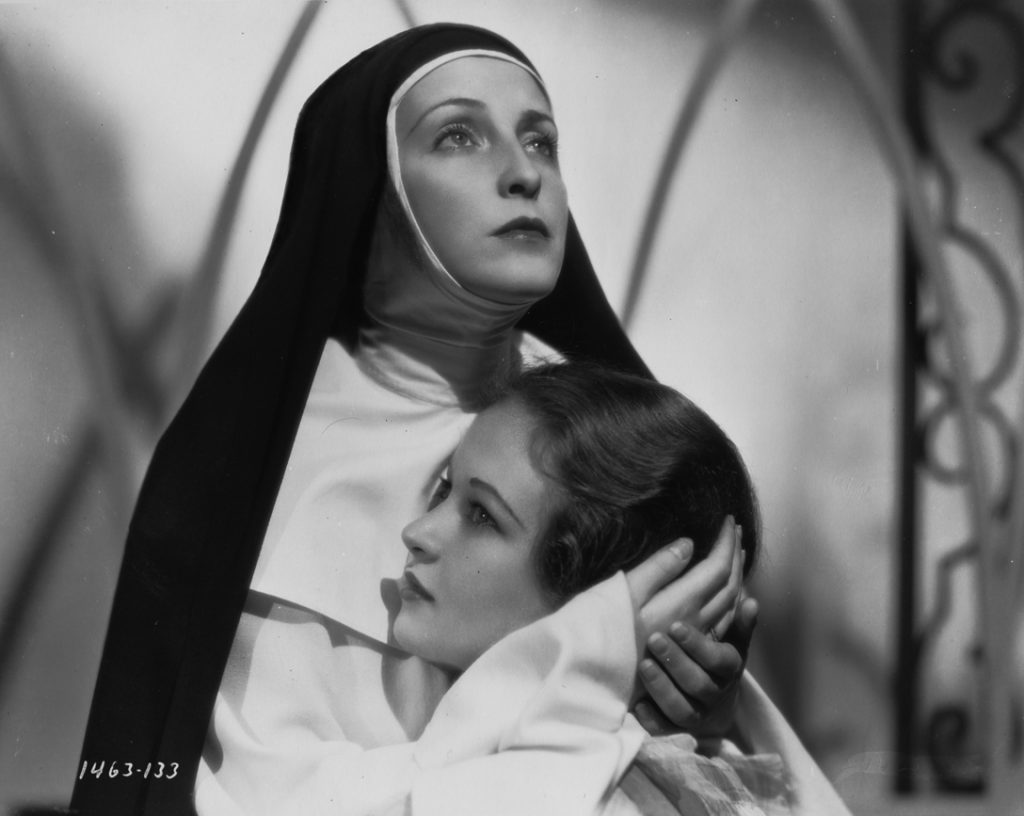
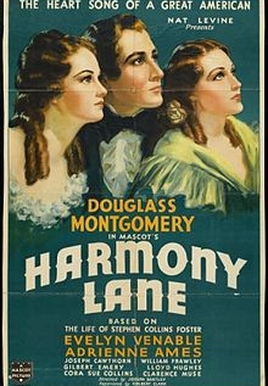
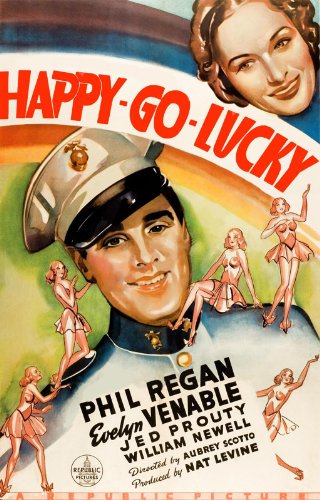
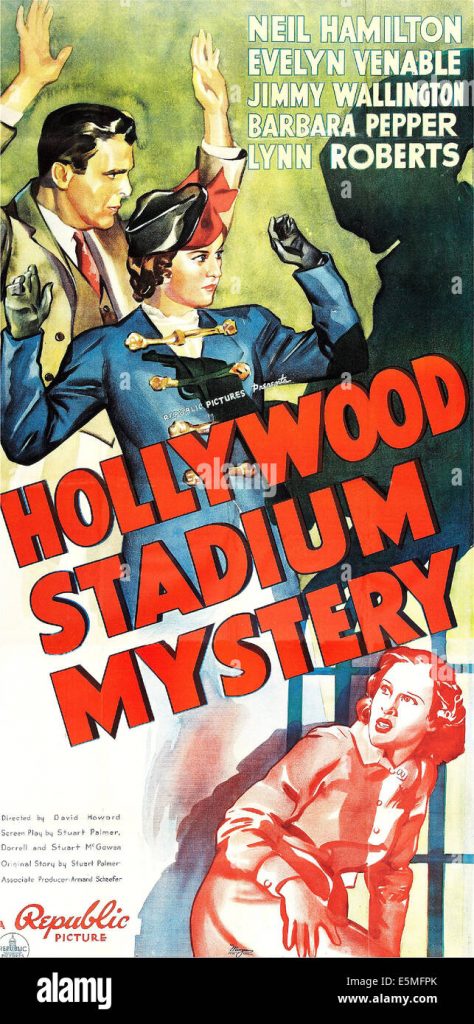
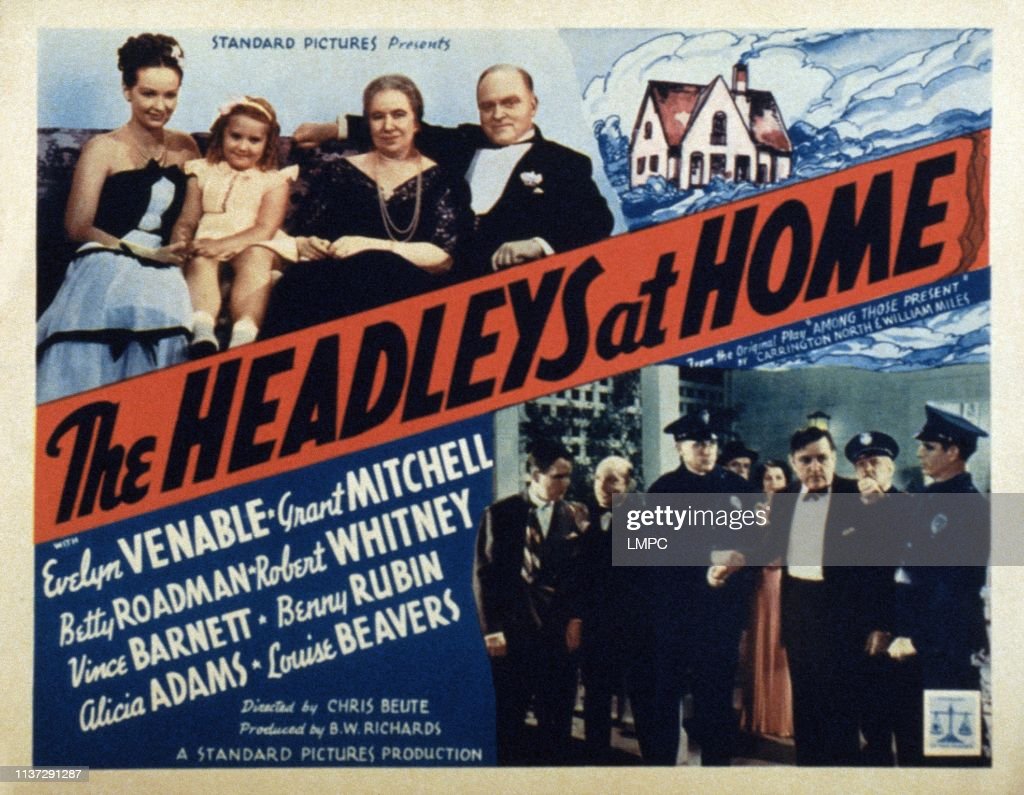
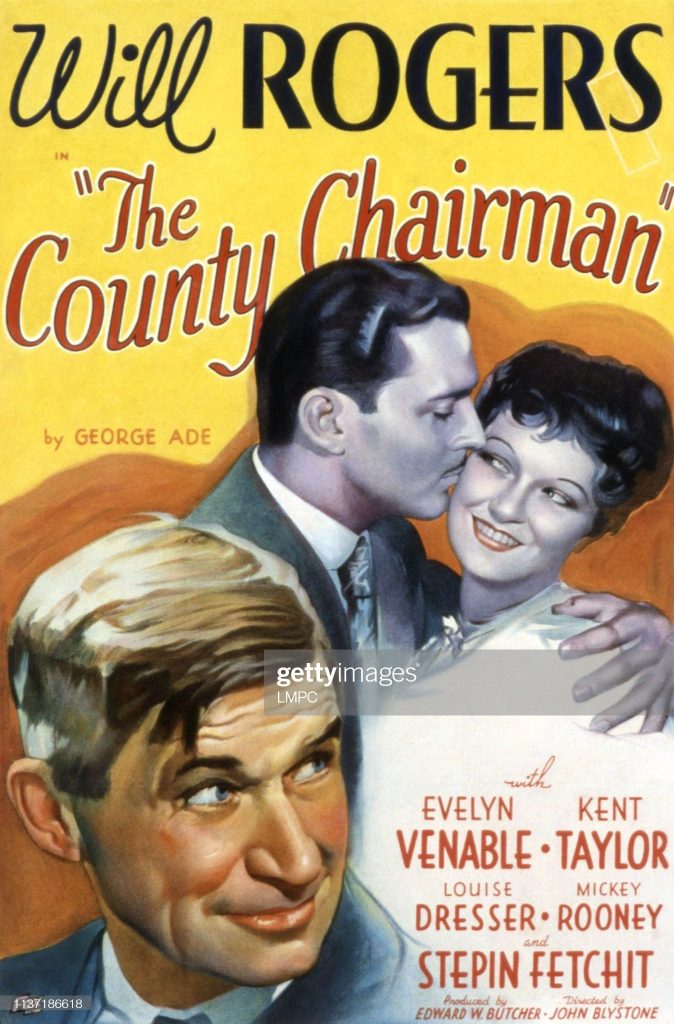
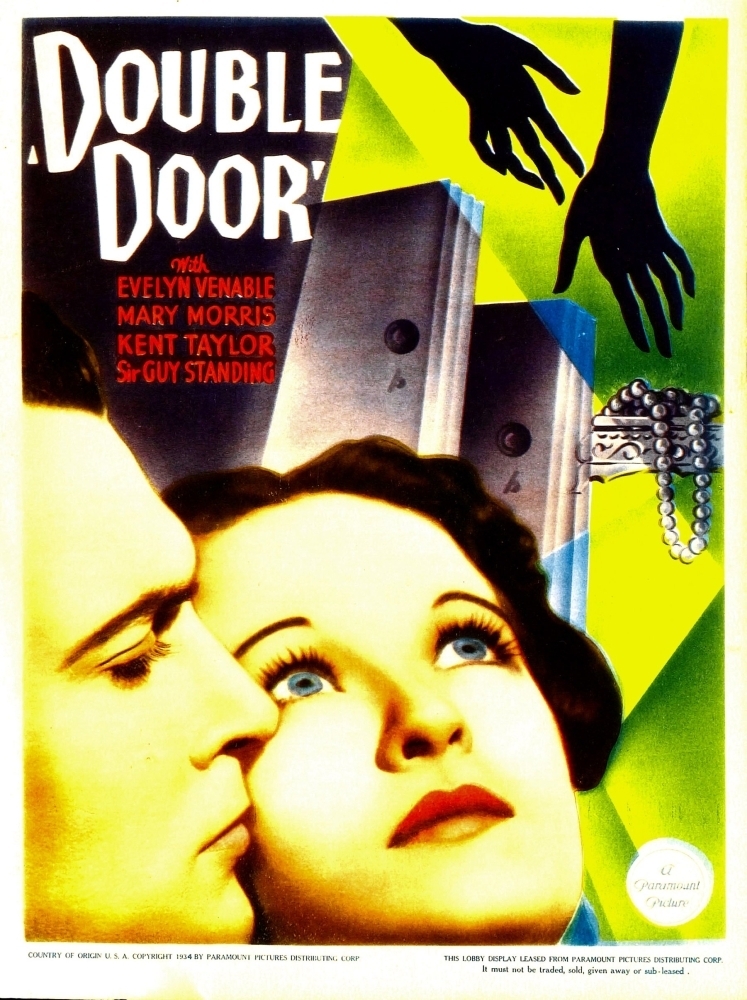
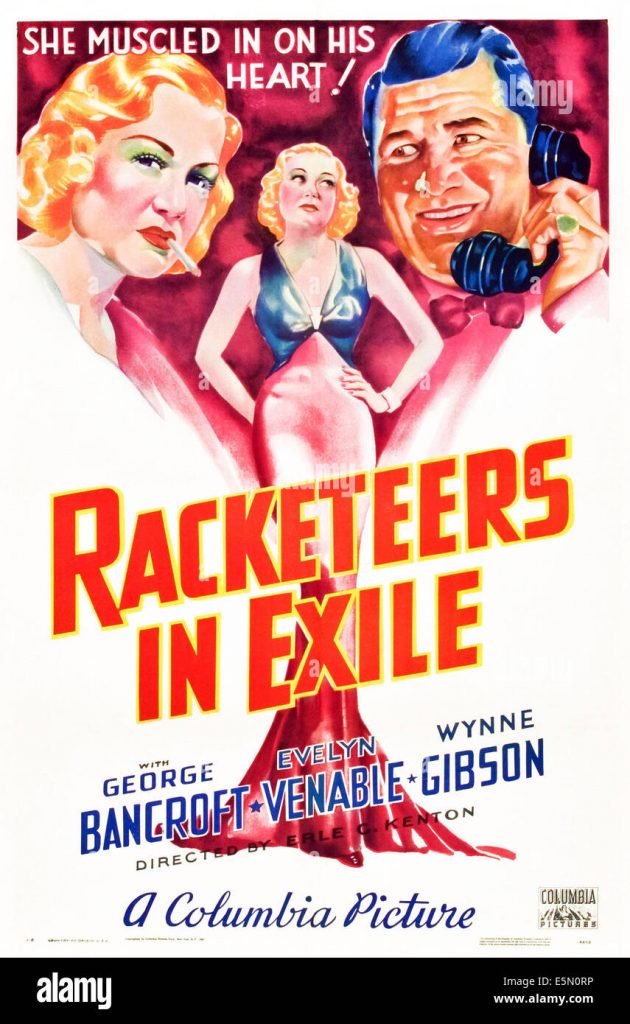
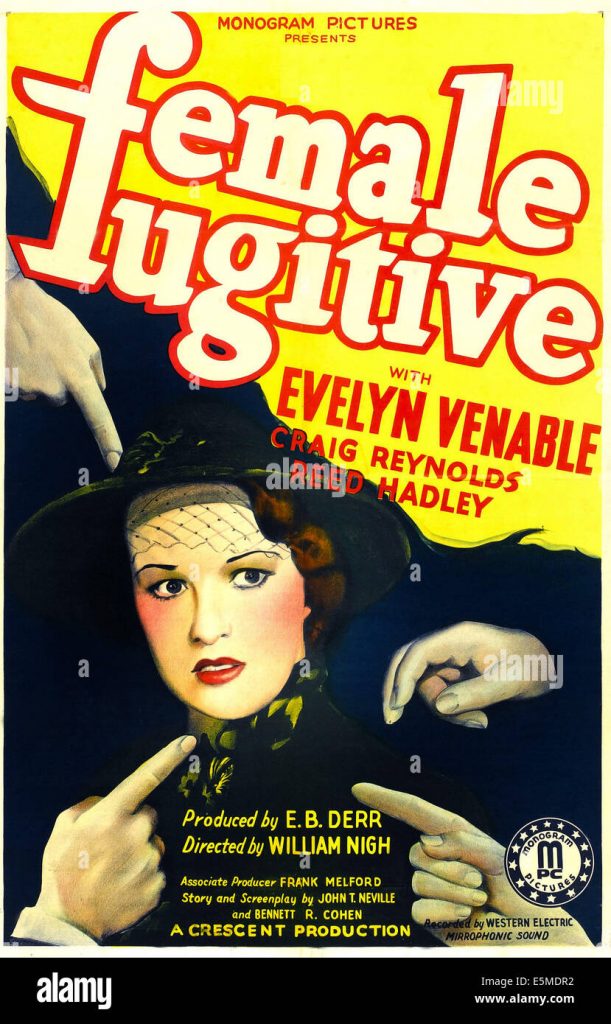
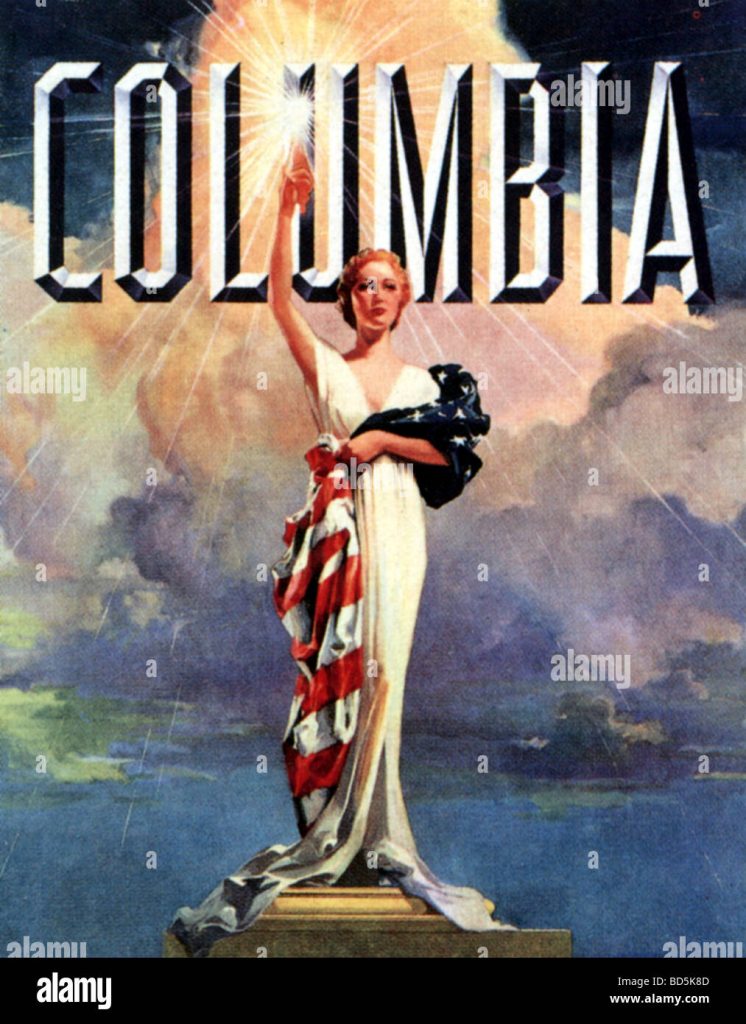
After austere roles in Mrs Wiggs of the Cabbage Patch (1934), Will Rogers’s The County Chairman (1935), The Little Colonel (1935), Alice Adams (1935) and the Stephen Foster biopic Harmony Lane (1935), she was given a rare chance to let her hair down in Hal Roach’s farcical Vagabond Lady (1935). Variety enthused: ‘She plays with a dash and genuine comedy spirit that will amaze those who have seen her in her previous assignments. She’s entitled to the right sort of parts.’ She didn’t receive them, but her mellifluous tones made her the ideal for the voice of the Blue Fairy in Disney’s Pinocchio (1940). ‘I recorded it line by line, emphasising different words each time,’ she said. ‘Then they chose whichever recording captured the dramatic feeling they wanted.’ She retired from the screen in 1943 to concentrate on her growing family. Mohr died in 1974, after which his widow finally completed her college education. She spent her last years teaching at the University of Southern California.
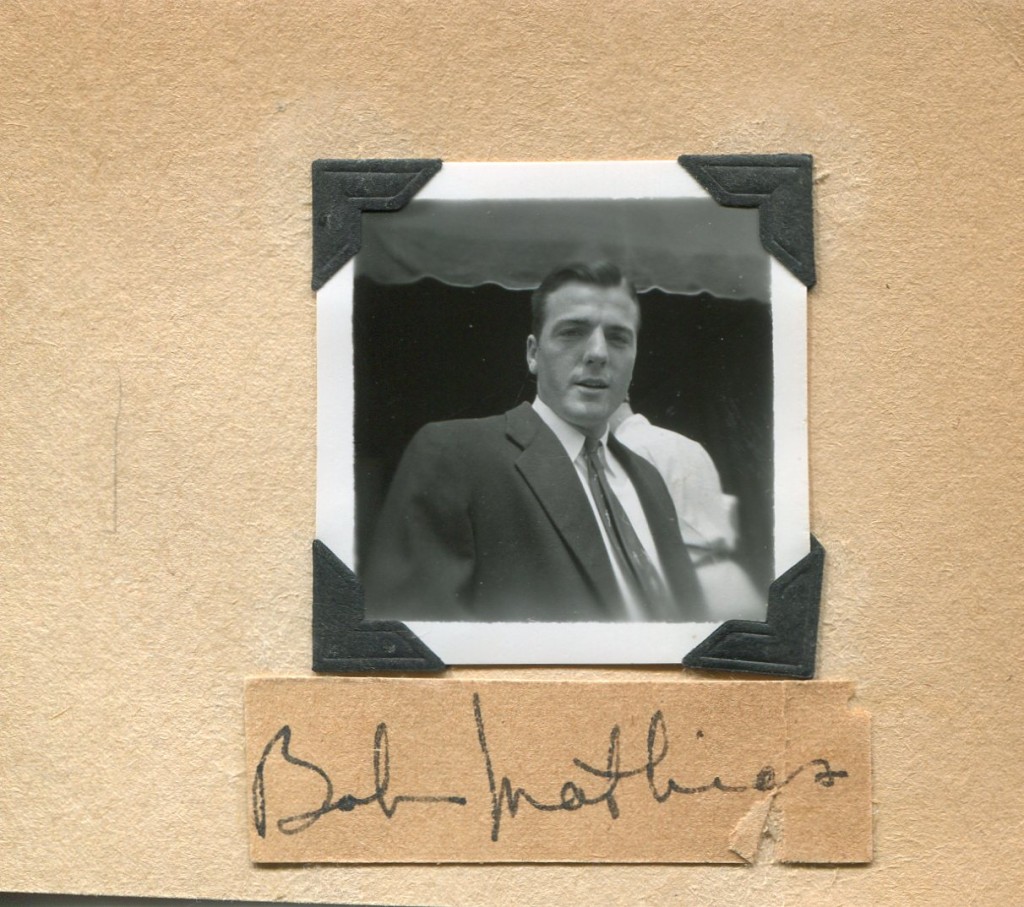
Bob Mathias was an American athlete who was a two time Gold medal winner who also acted on film. He starred as himself in “The Bob Mathias Story” and appeared on television in “The Troubleshooters”. He died in 2006 at the age of 75.
“Guardian” obituary:
Bob Mathias, who has died of cancer aged 75, was the greatest in the long line of American decathletes who dominated the event at international level for the four middle decades of the 20th century. He was the first athlete successfully to defend an Olympic decathlon title, and he remains the youngest man ever to win a track and field gold medal.
Mathias’s emergence as a decathlete on to the postwar scene was the stuff of schoolboy fiction. His high-school track coach in Tulare, an unremarkable town in central California, was sufficiently impressed by the raw strength and speed of his football and basketball that he suggested, as late as the spring of 1948, that his pupil might be happy with the challenge of the decathlon, the ultimate test of all-round athletic prowess and usually the province of experienced and hard-grained campaigners. Mathias was already an accomplished sprinter, high-jumper and discus-thrower, but had never in his life thrown the javelin or long-jumped seriously – and had not even attempted the pole-vault. However, within a few weeks, working mainly from training manuals, he had made enough progress to win the Southern Pacific Amateur Athletic Union title in Los Angeles. Hectic fundraising in Tulare enabled him and his coach to travel to Bloomfield, New Jersey, and the US national championships, which doubled as the Olympic selection trials. His field-event techniques improving by the day, Mathias beat the reigning champion by a clear 123 points, and the rest of the field by a lot more to earn his place on the US Olympic team.
At the games in London, still three months short of his 18th birthday, he overcame two nervous moments to finish the first day’s competition (100 metres, long jump, shot-put, high jump, 400 metres) in third place. But he unwittingly broke a technical rule in the shot-put, which annulled his best throw, and he came close to elimination at a very modest height in the high jump. The second day (110 metres hurdles, discus, pole vault, javelin, 1500 metres) confronted all the athletes at Wembley stadium with English summer weather at its worst. The competition, already unwieldy because of an unexpectedly high entry – and now handicapped by constant heavy rain – fell disastrously behind schedule. After eight events Mathias had forced his way into the lead, but he was desperately tired and the last two events were among his weakest. By the time the javelin began, officials were using hand-held torches to illuminate the competitors’ run-up; for the culminating 1500 metres, which did not start until 10.30 in the evening, the knee-high lights around Wembley’s dog-track had to be augmented by commandeered cars with headlights blazing to give the runners some idea of where they were putting their feet. Despite grinding out a painfully slow time over the sodden cinder track, Mathias held on to his lead and beat the world’s best.
The tiny knot of spectators who had stayed on to cheer him home included his parents and two brothers. Nine time zones away and clustered for the past two days round every available wireless set, the people of Tulare erupted in celebration; factory whistles and sirens blared for three-quarters of an hour, and a spontaneous parade of cars and trucks clogged up the town and the interstate highway for three hours. The hero himself was so exhausted that he had to be woken by team officials the next afternoon to ensure he reached the medal ceremony on time. Later that year Mathias received the annual Sullivan award as the outstanding amateur sportsman in the US and took his place at Stanford University, where his athletics shared the stage with gridiron football; as fullback he featured prominently in Stanford’s victory over the University of Southern California which took them to the 1952 Rose Bowl, a further manifestation of his extraordinary sporting versatility. By now the rough edges of Mathias’s teenage track performance had been smoothed out, and he was indisputably the most accomplished decathlete in the world. He had broken the 14-year-old world record in 1950, and he improved on it at his own home track a month before the 1952 Olympic Games in Helsinki. Here there was never a doubt. Mathias broke his own world record yet again to take his second decathlon gold medal – a double that has been achieved by only one other athlete, Britain’s Daley Thompson – by the almost unbelievable margin of 912 points.
Mathias retired from international athletics at the absurdly young age of 21, quickly made $50,000 from advertising appearances, served for a while as an officer in the US marines, took up acting – his six undistinguished films included The Bob Mathias Story (released in Britain as The Flaming Torch), in which he played the lead – and married his childhood sweetheart. In the 1960s he turned to politics. He served four terms as a Republican congressman for California – concentrating on environmental affairs, but displaying a breadth of interests that saw him serve on the house agriculture and foreign affairs committees – until, like many of his Republican colleagues, he lost his seat in the 1974 Democrat landslide in the wake of Watergate. He was subsequently appointed director of the US Olympic Training Centre, and before his retirement he ran the National Fitness Foundation. He is survived by his second wife and four children.
· Robert Bruce Mathias, athlete and politician, born November 17 1930; died September 2 2006.
The above “Guardian” obituary can also be accessed online here.
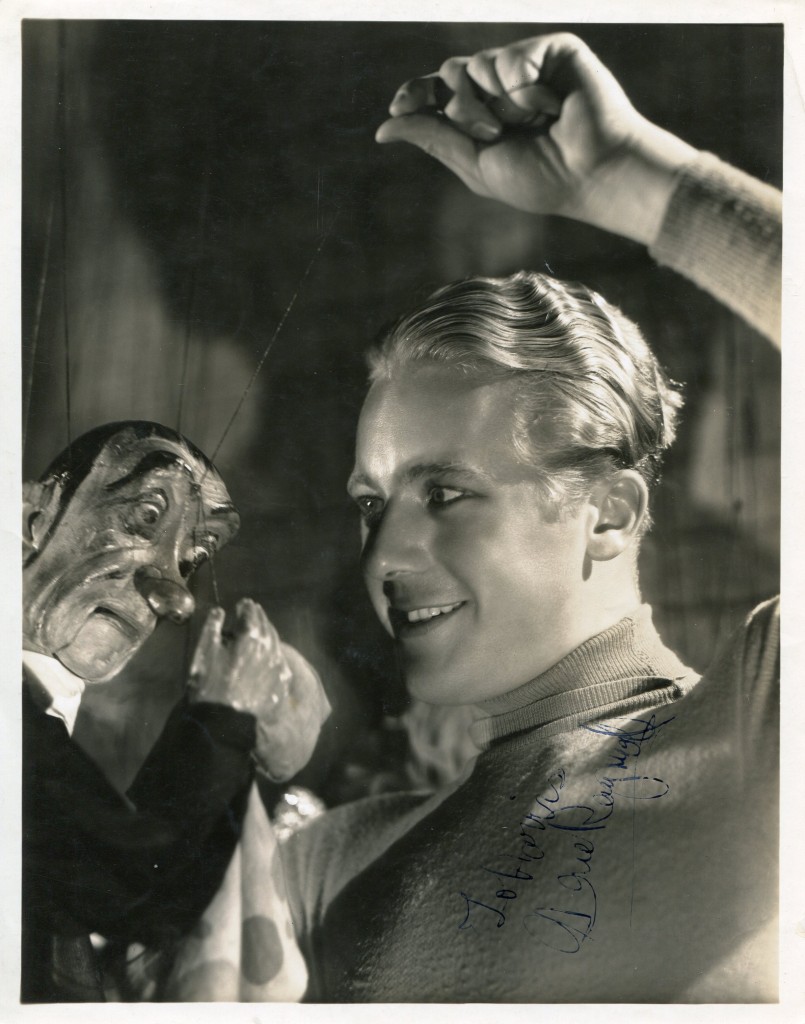
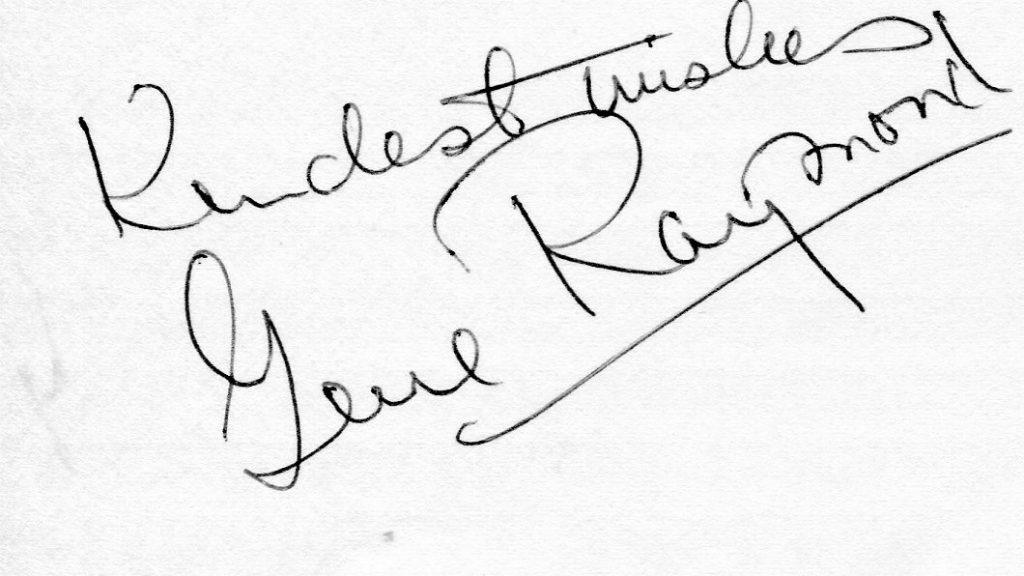
Gene Raymond was born in 1908 in New York City. In 1931 he made his film debut in “Personal Maid”. Other films include “Zoo in Budapest” with Loretta Young, “Flying Down to Rio” with Dolores Del Rio, Fred Astaire and Ginger Rogers and “Smilin Through” with his wife Jeanette MacDonald”. He died in 1998 at the age of 89.
Tom Vallance’s obituary in “The Independent”;
Born Raymond Guion in New York City in 1908 and educated at the Professional Children’s School, he made his theatrical debut at the age of five and had his first Broadway role at the age of 12. By the time he was 21 he had played major roles in five Broadway shows, including Cradle Snatchers (1925), in which young Humphrey Bogart was the juvenile lead. He was billed under his real name in all these shows, but Paramount rechristened him Gene Raymond in 1931 when they brought him out to Hollywood. His first two films, Personal Maid (1931), with Nancy Carroll, and Ladies of the Big House (1931), with Sylvia Sidney, set a pattern in which he was frequently overshadowed by strong leading ladies. In Ann Carver’s Profession (1933) he was the weakling husband of a lawyer (Fay Wray), who ends up defending him for murder; in Brief Moment (1933) a rich loafer reformed by the love of nightclub singer Carole Lombard, and he was also teamed with Bette Davis in Ex-Lady (1933), and Barbara Stanwyck in both The Woman In Red (1934) and the featherweight comedy The Bride Walks Out (1936). Among his best films were the lyrical, beautifully photographed Zoo in Budapest (1933), in which he displayed a rarely tapped sensitivity as an animal-loving young man who lives in the zoo where he works and falls in love with a runaway waif (Loretta Young) hiding there, and two films with Ann Sothern, the perky musical Hooray for Love (1935) and a comedy The Smartest Girl in Town (1936).
Raymond had a pleasant tenor voice, and introduced on screen two minor standards, Brown and Freed’s “All I Do Is Dream of You” in the Joan Crawford vehicle Sadie McKee (1933), and with Harriet Hillyard, “Let’s Have Another Cigarette” by Magidson and Wrubel. Smilin’ Through, shot in lush colour, was his last film before war service, during which he served as a pilot in the B-17 bomber group that inaugurated precision bombing. Resuming his career, he was the fiance of the kleptomaniac Laraine Day in the complex film noir The Locket (1946), then produced and directed a modest mystery movie, Million Dollar Weekend (1947), in which he played the starring role as an embezzler. The film was not a success, and Raymond concentrated on television and theatre. He was host, panellist or actor on many television shows including Fireside Theatre, Ironside and The Girl from U.N.C.L.E. and had appeared in touring or summer stock productions of popular plays like The Voice of the Turtle, Private Lives and the musical Kiss Me Kate. He also wrote several songs for his wife to perform on her concert tours. He returned to films with the thankless role of an ageing actor trying to seduce Jane Powell in the musical Hit The Deck (1957), but had a good role in the fine political drama written by Gore Vidal and directed by Franklin Schaffner, The Best Man (1964).
In 1967, as a colonel in the Air Force Reserve, he flew jets into South Vietnam on high- priority missions and won the Legion of Merit. His last film credit came in 1969 when he provided the Voice of Death in the western Five Bloody Graves. Apart from an occasional character role on television he concentrated during his final years on his investments and business interests. Always involved in the affairs of the industry, he was at various times a board member of the Screen Actors Guild and Academy of Television Arts and Sciences, president of the Motion Picture and Television Fund, president of the Los Angeles chapter of the Air Force Association and vice president of the Arthritis Foundation. He married Jeanette MacDonald in 1937 (her famous co-star Nelson Eddy sang “O Promise Me” at their wedding) and he was at her bedside when she died in 1965, her last words allegedly being “I love you”. Raymond married a second time in 1974 and was widowed again in 1995.
Raymond Guion (Gene Raymond), actor: born New York 13 August 1908; twice married; died Los Angeles 3 May 1998.
The above “Independent” obituary can also be accessed online here.

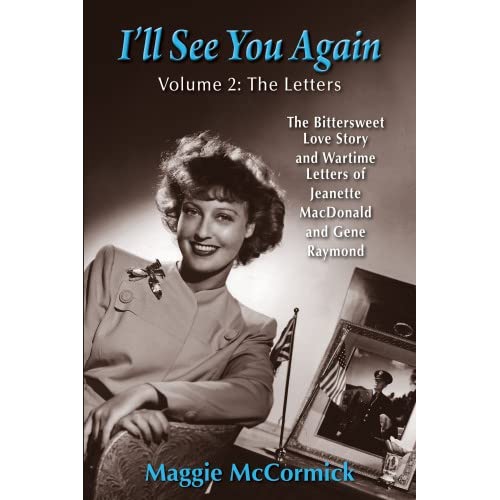
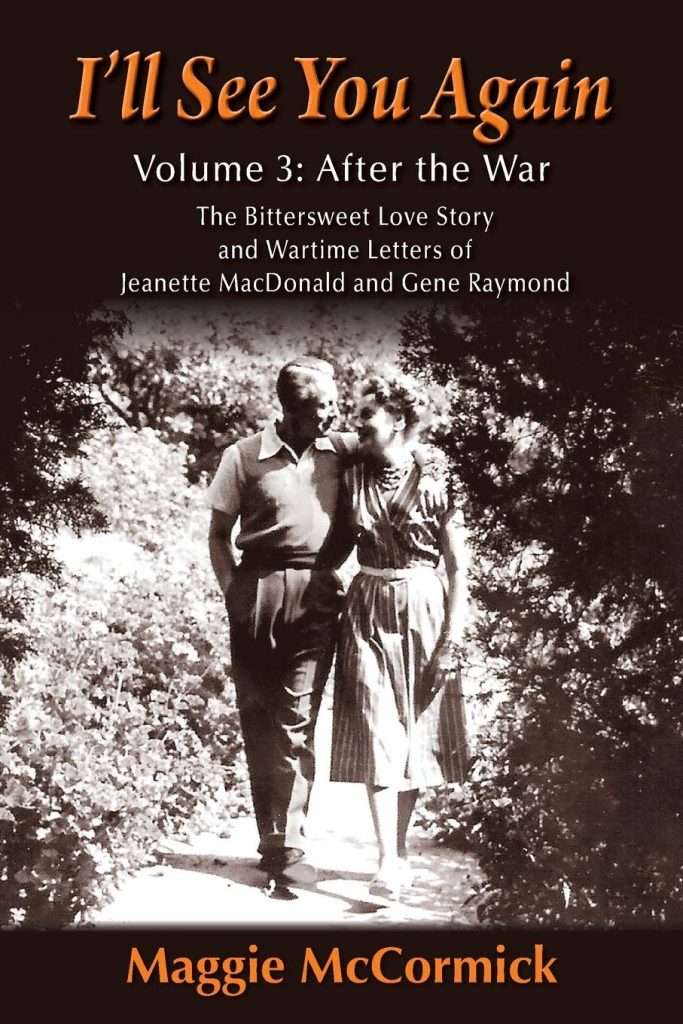
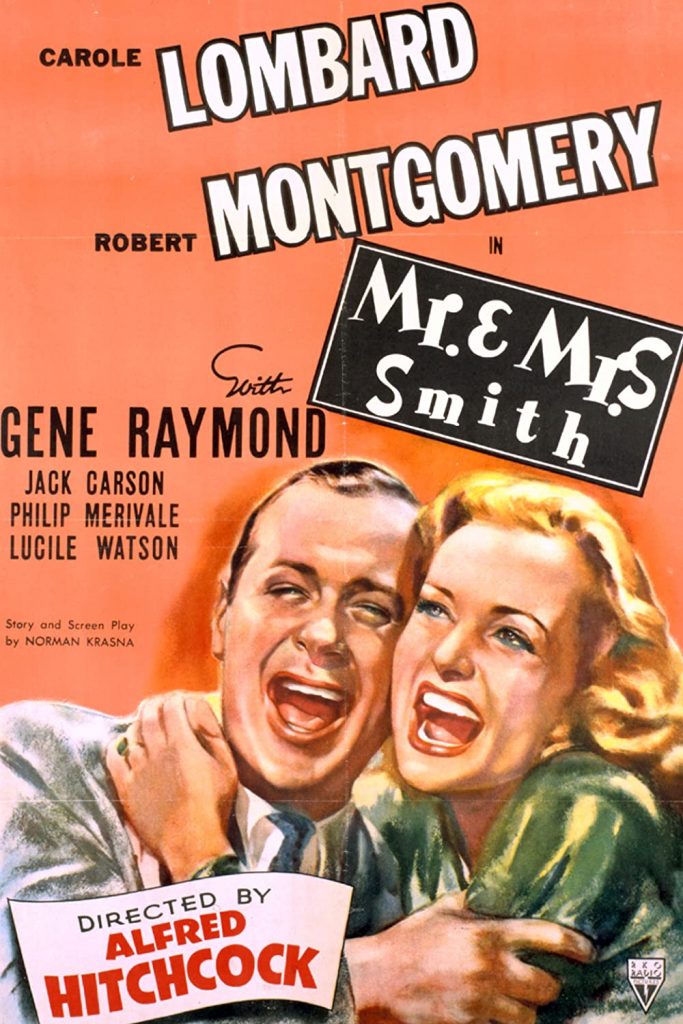
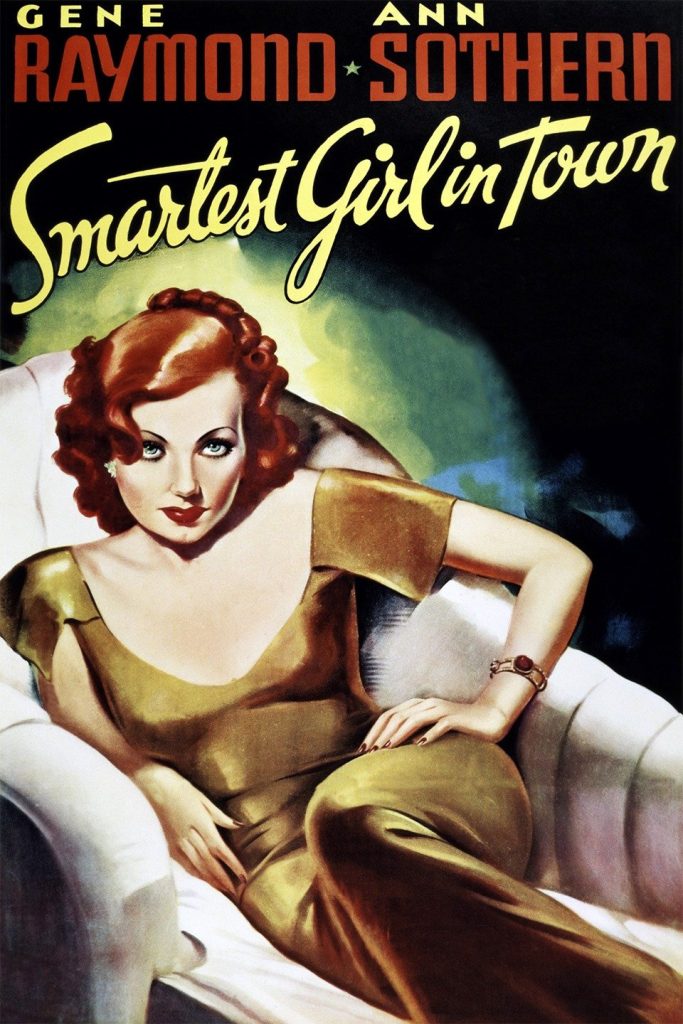
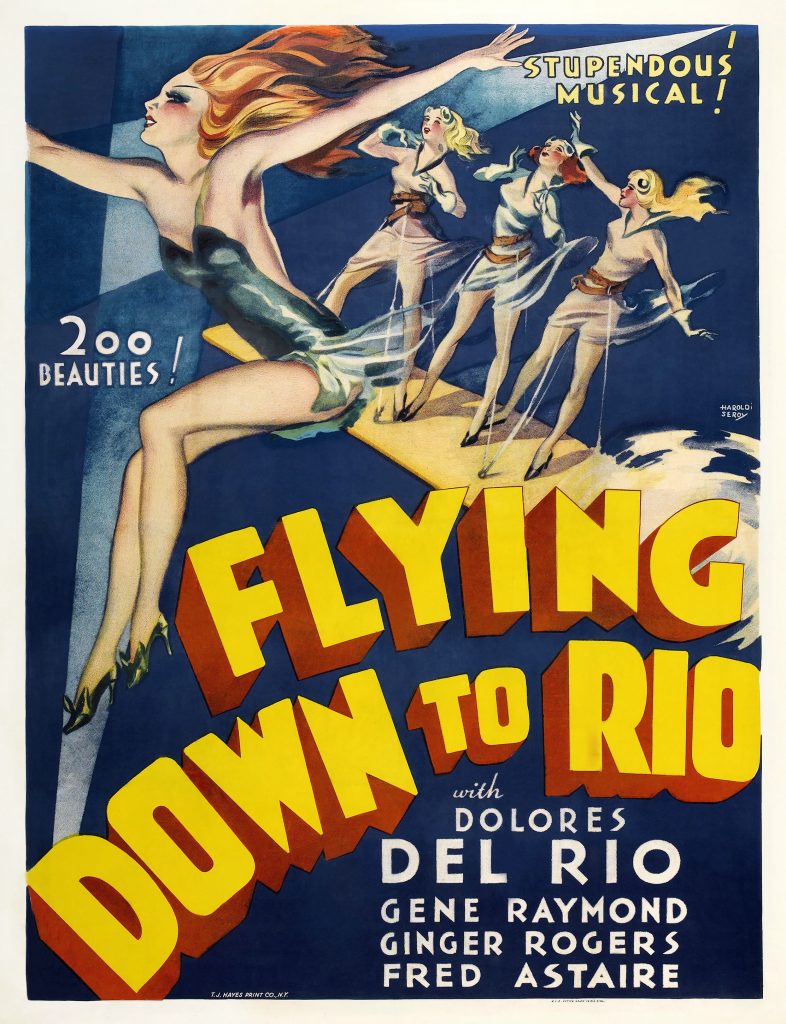
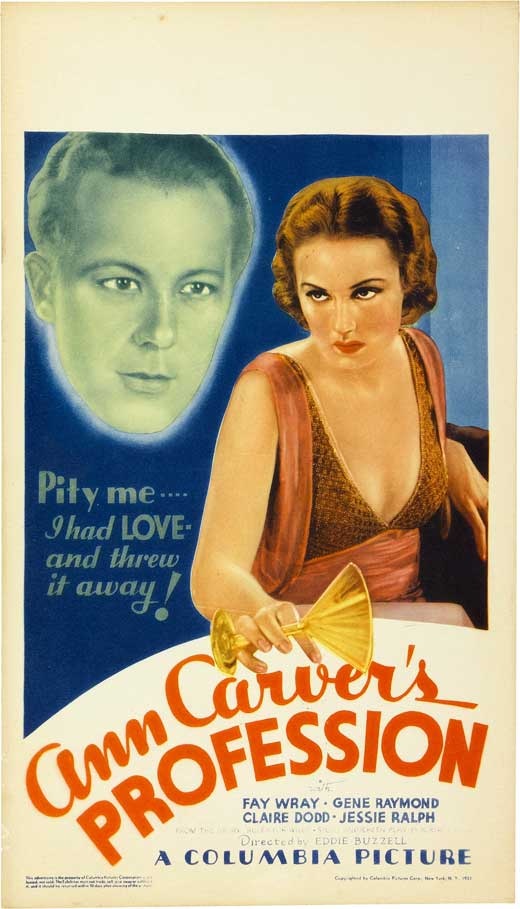
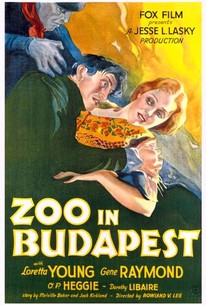
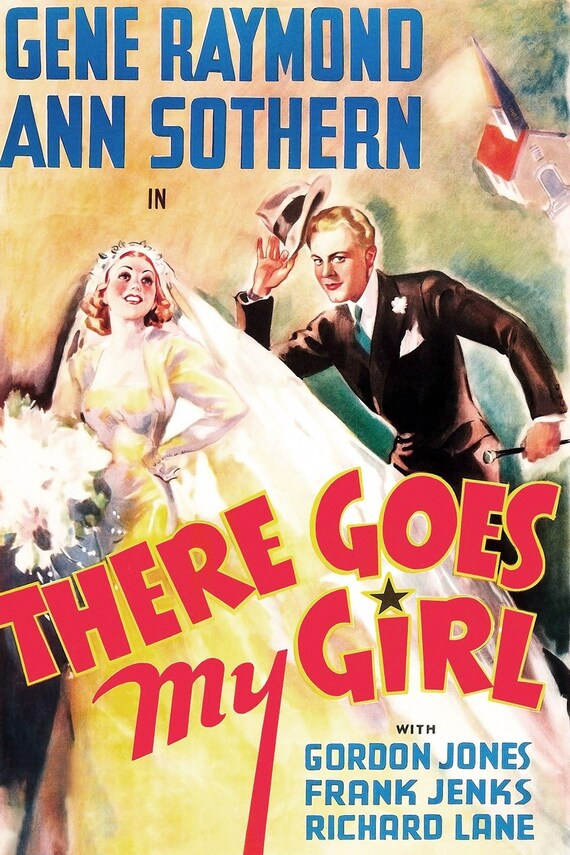
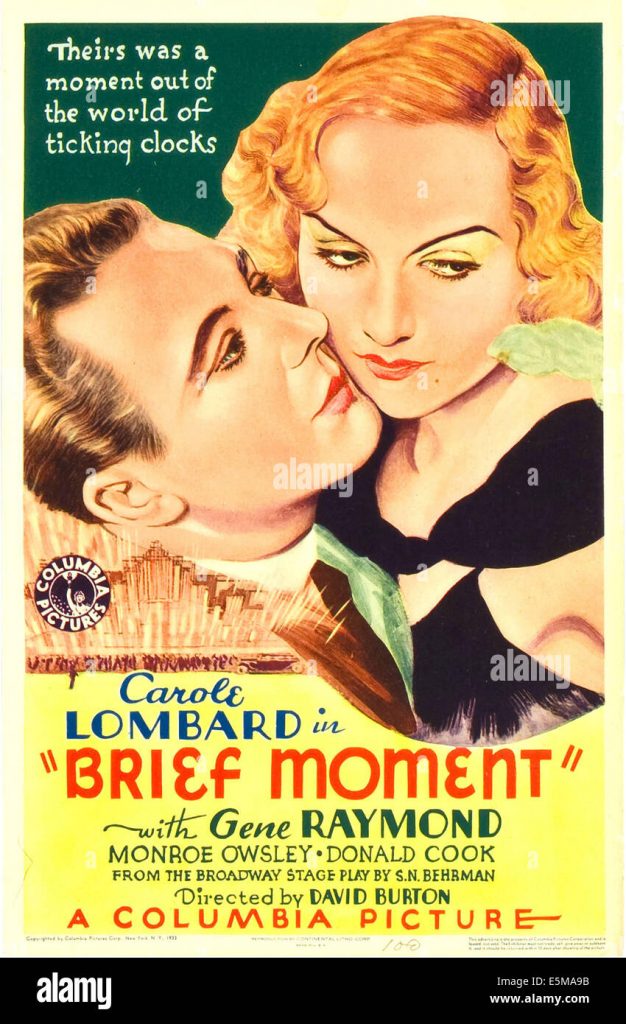
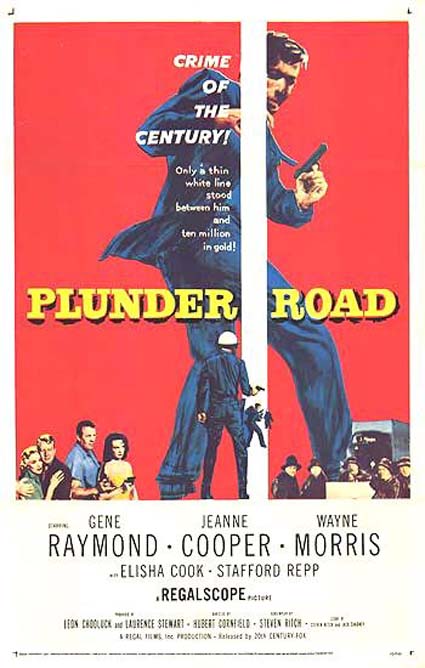
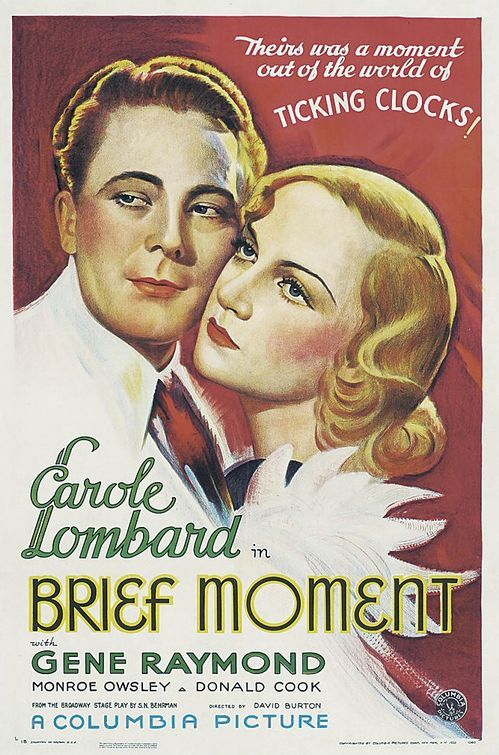
Anyone who knows me are aware that I am a bit of a movie buff. Over the past few years I have been collecting signed photographs of my favourite actors. Since I like movies so much there are many actors whose work I like.